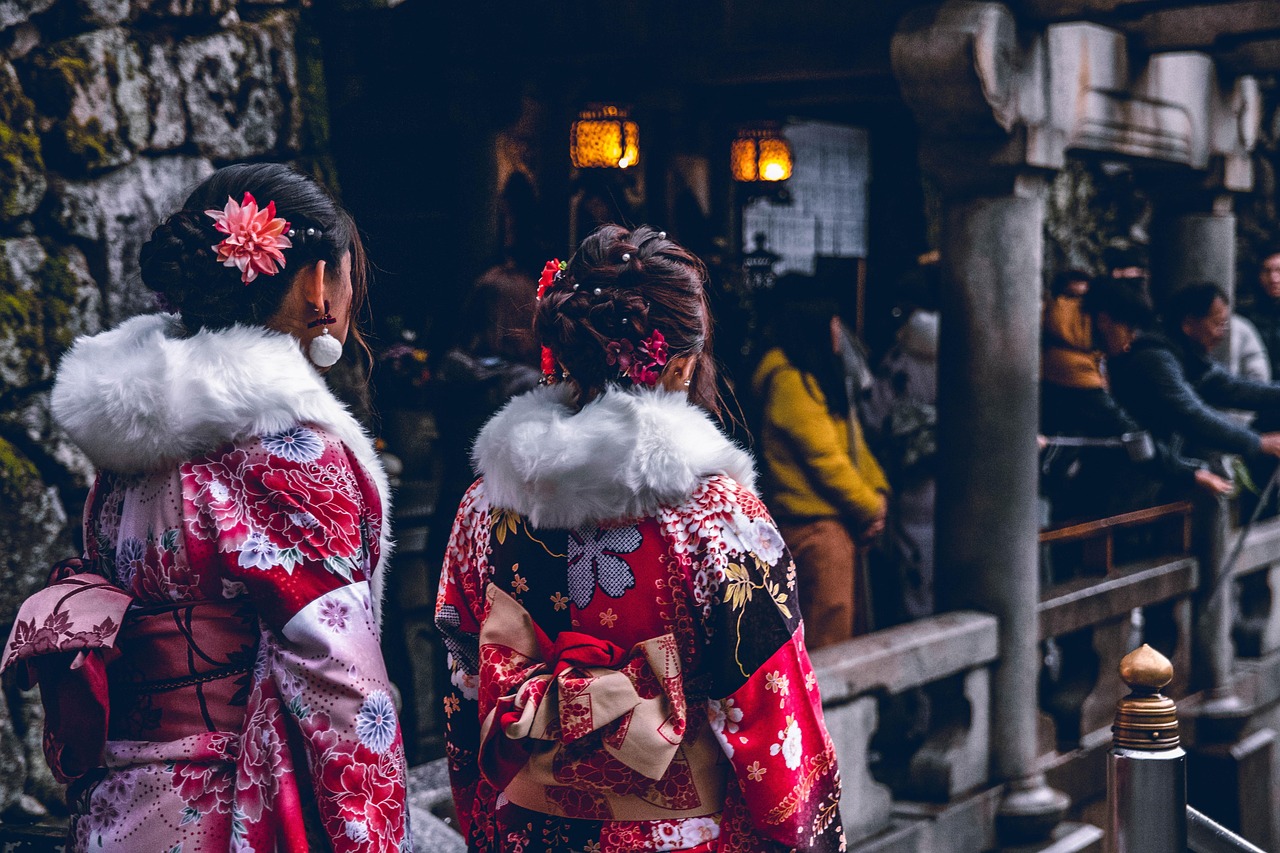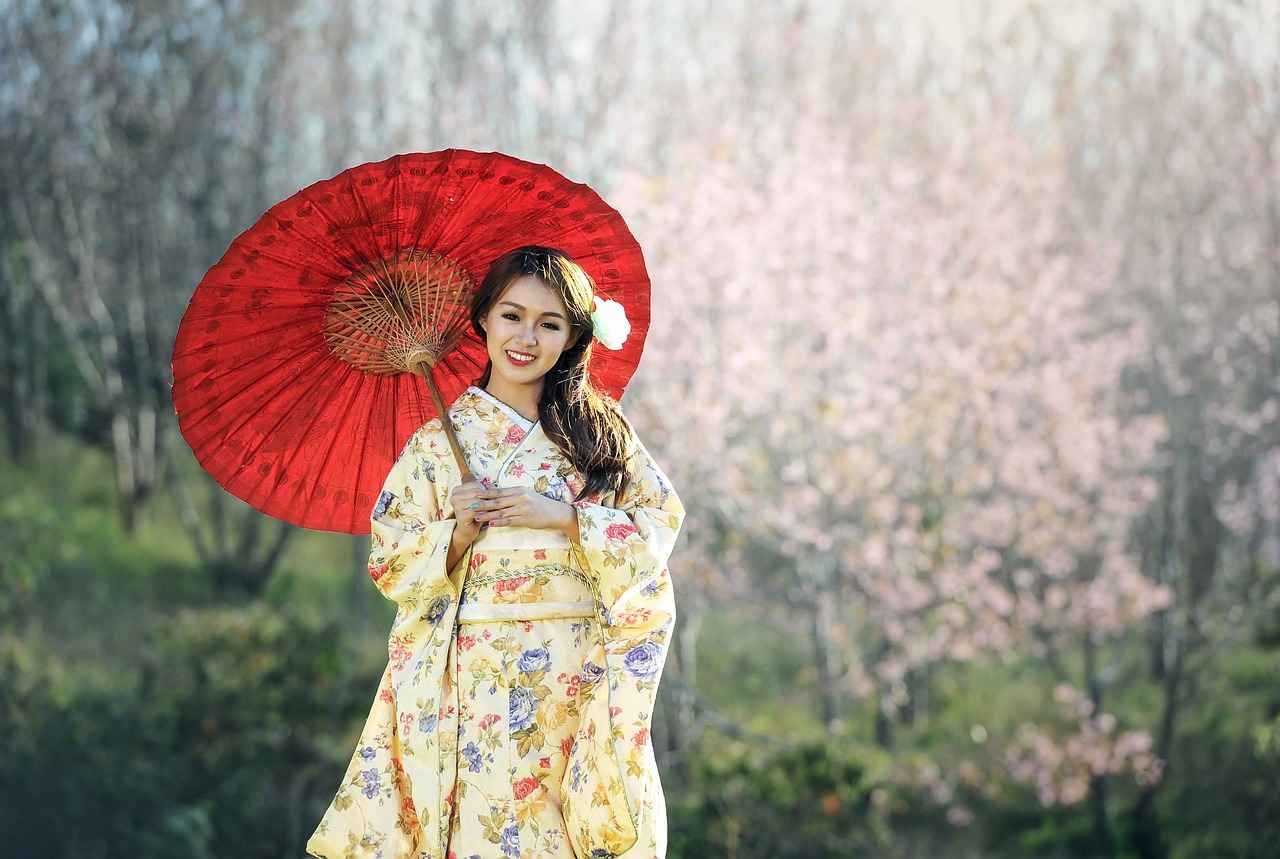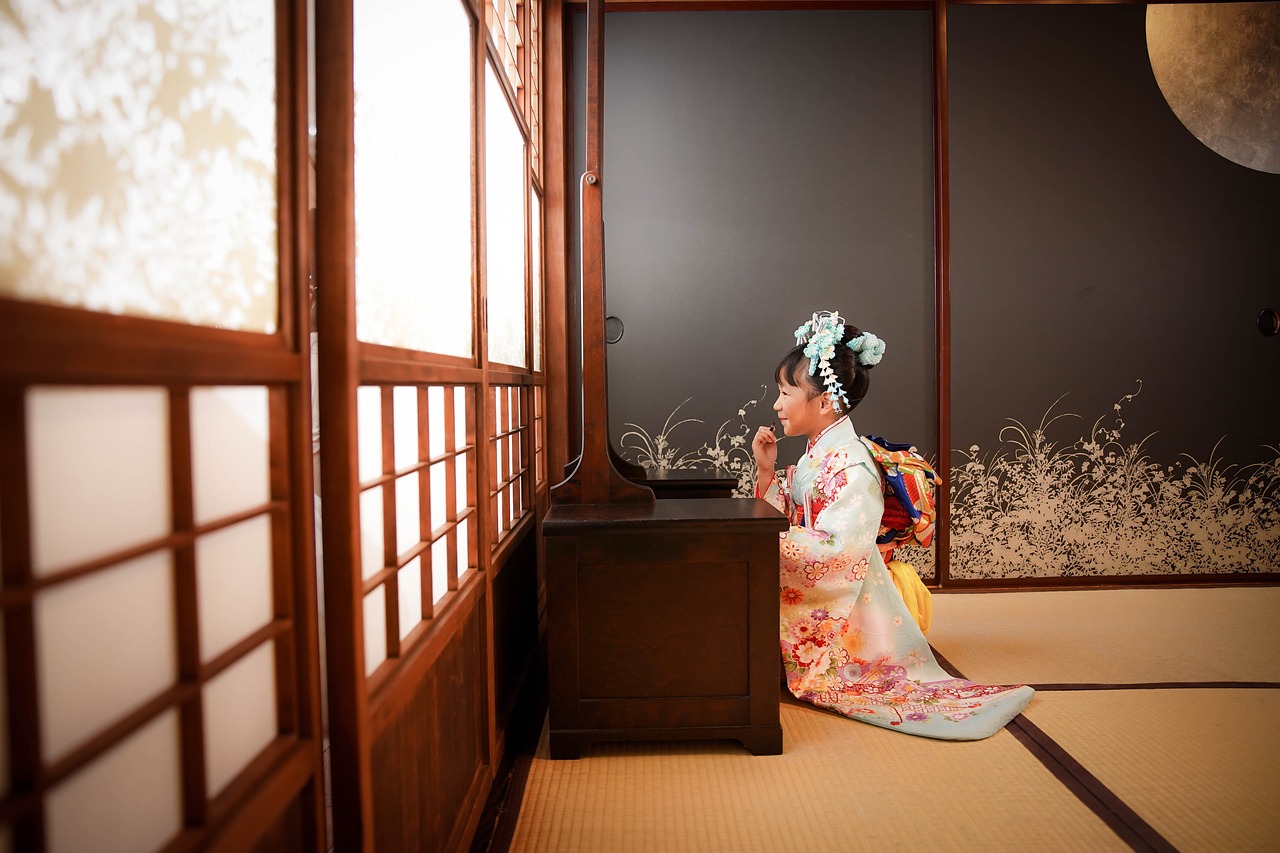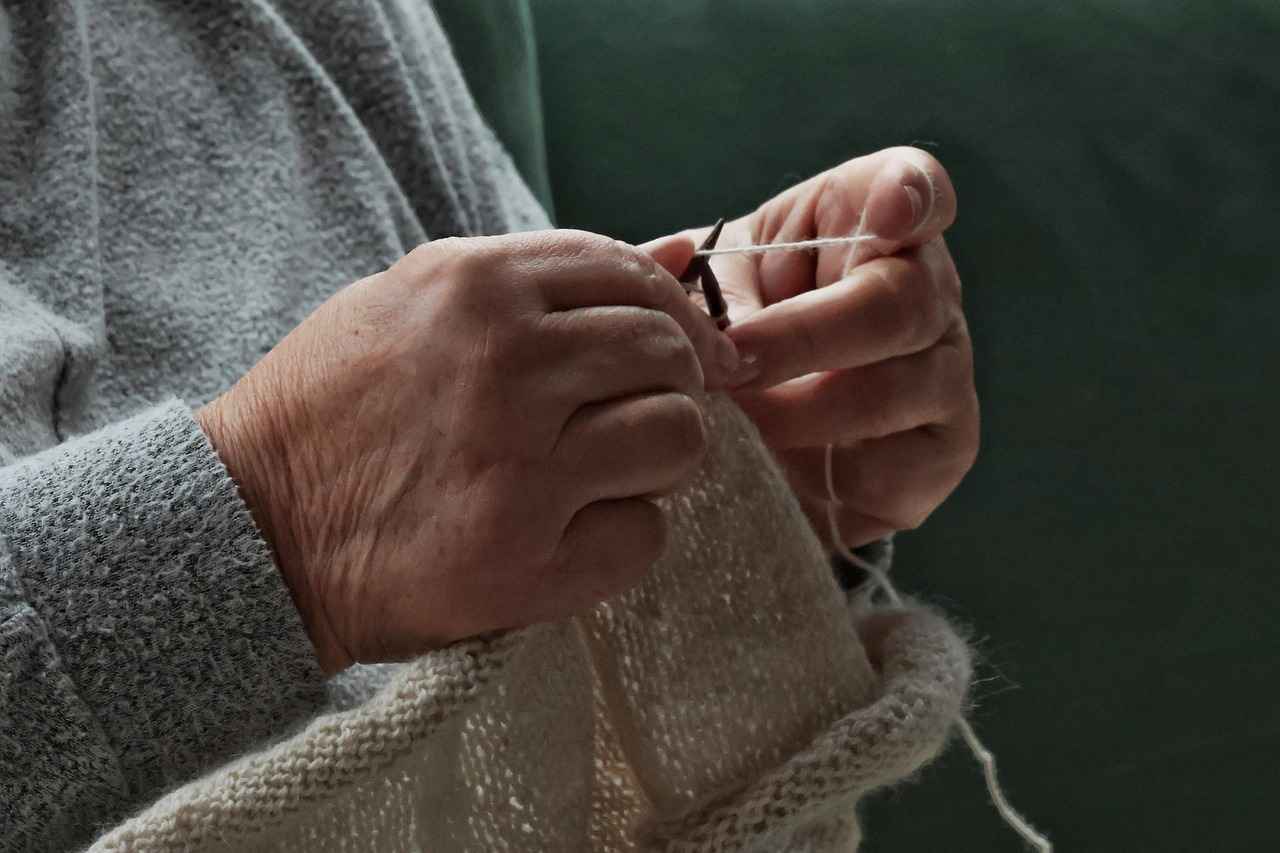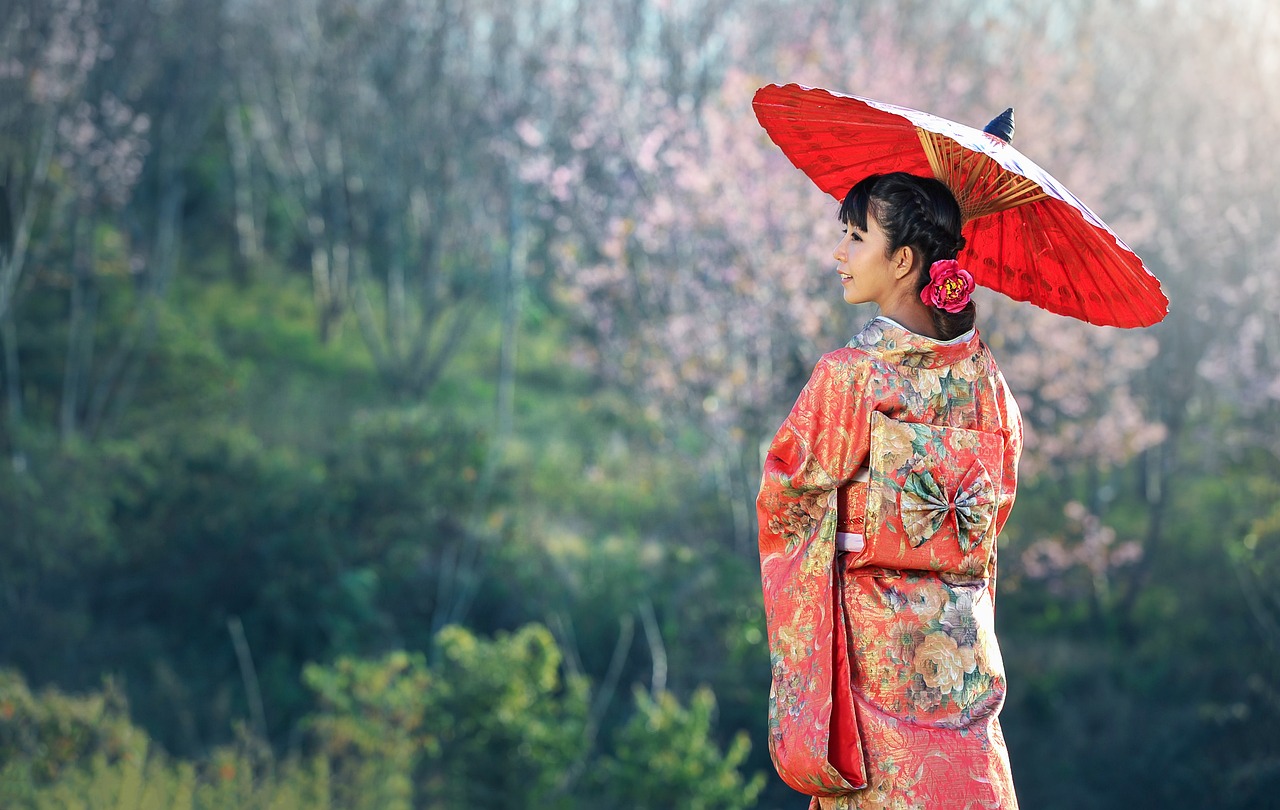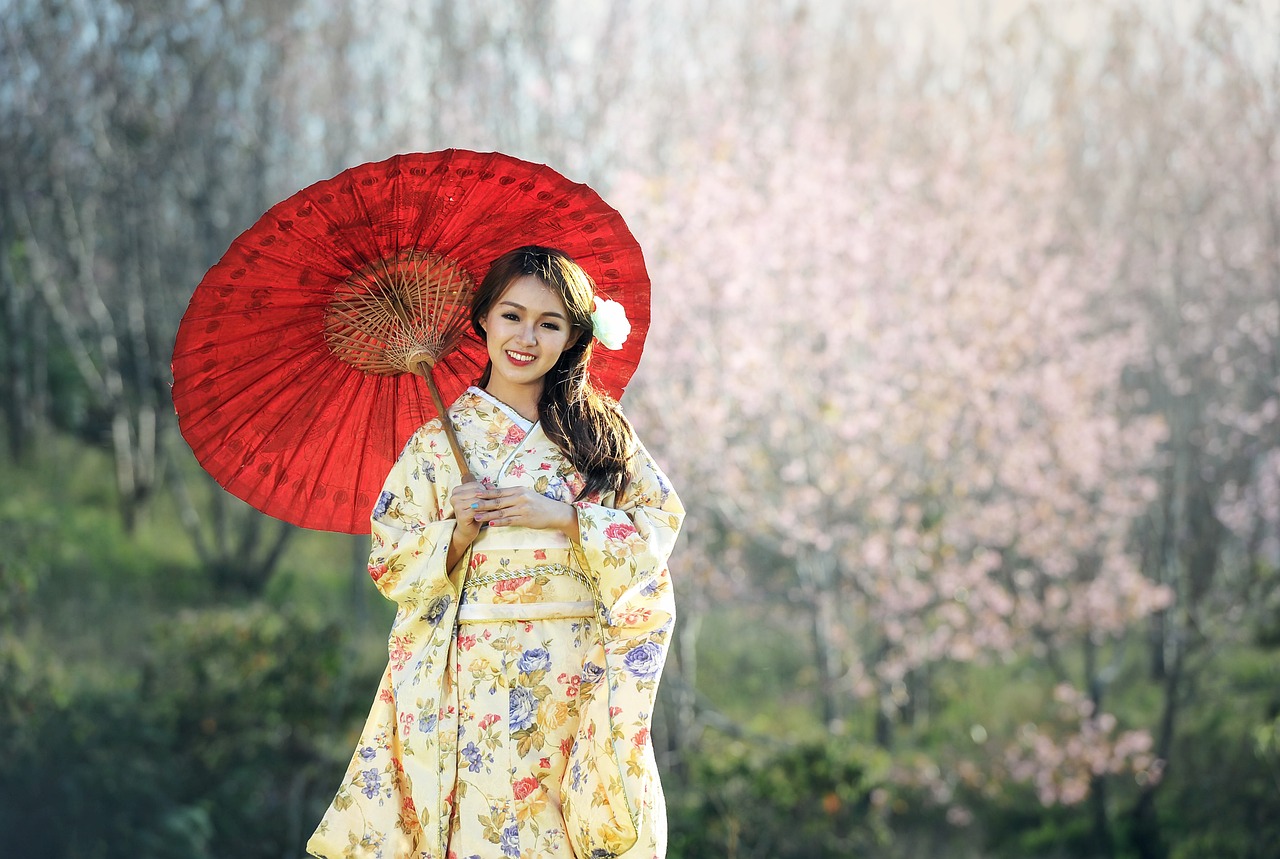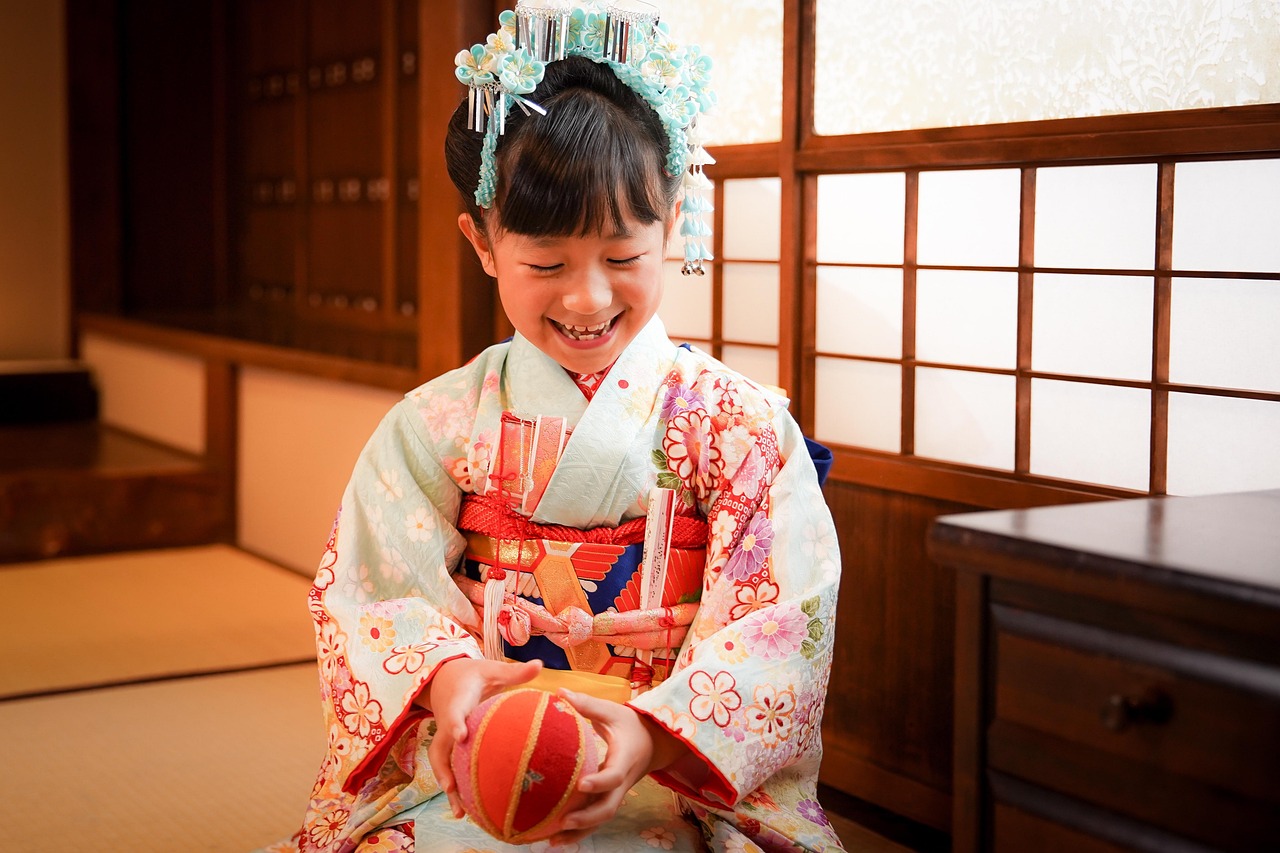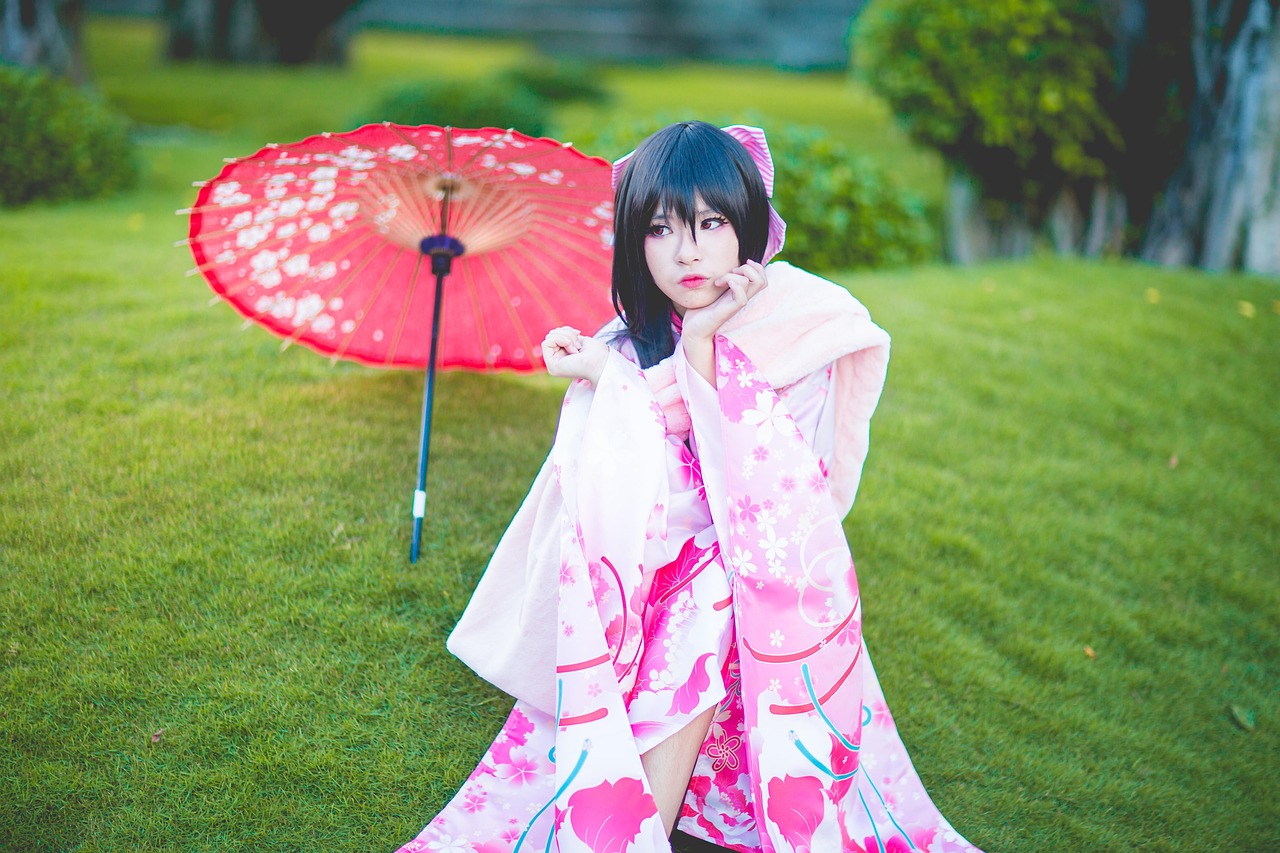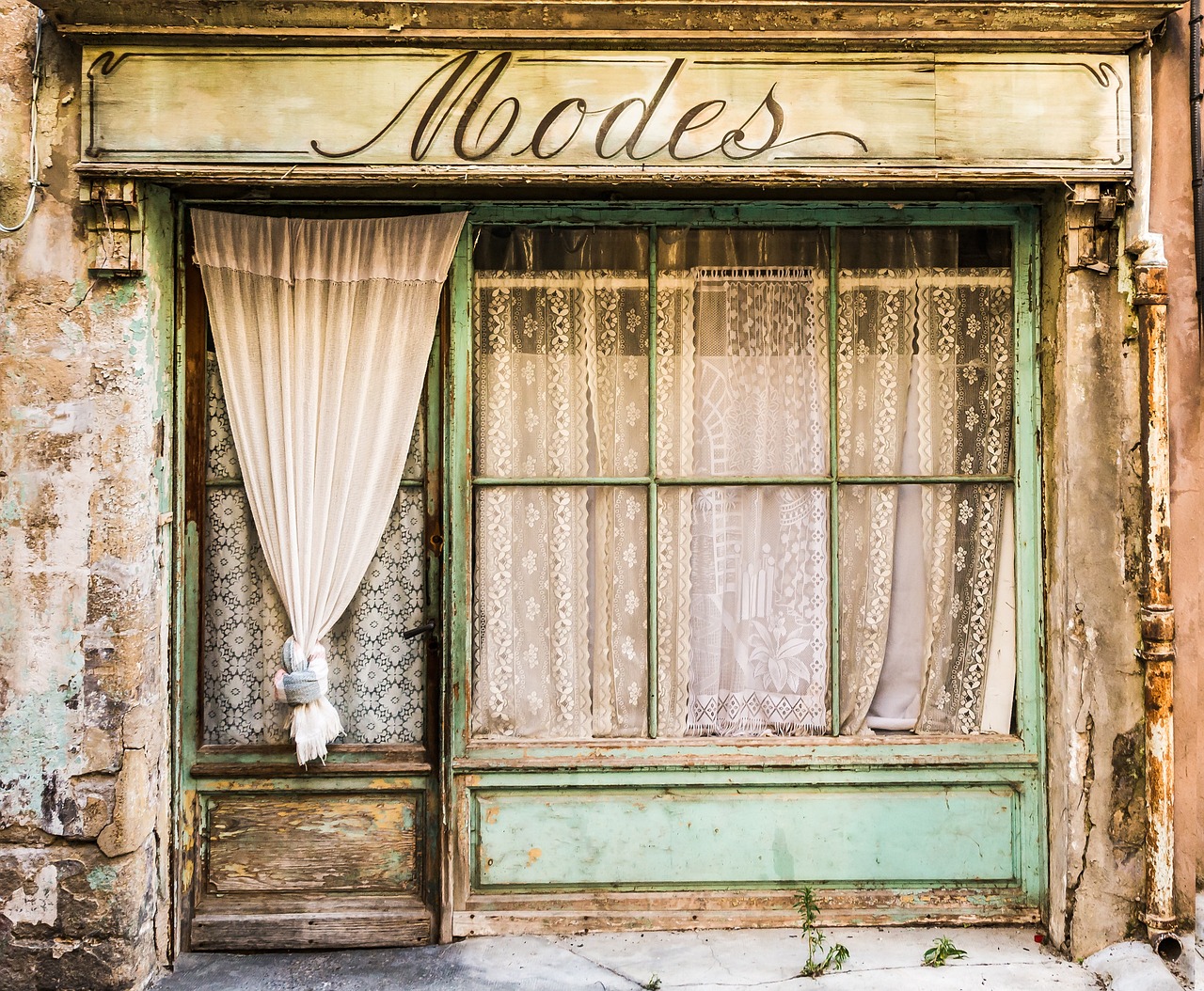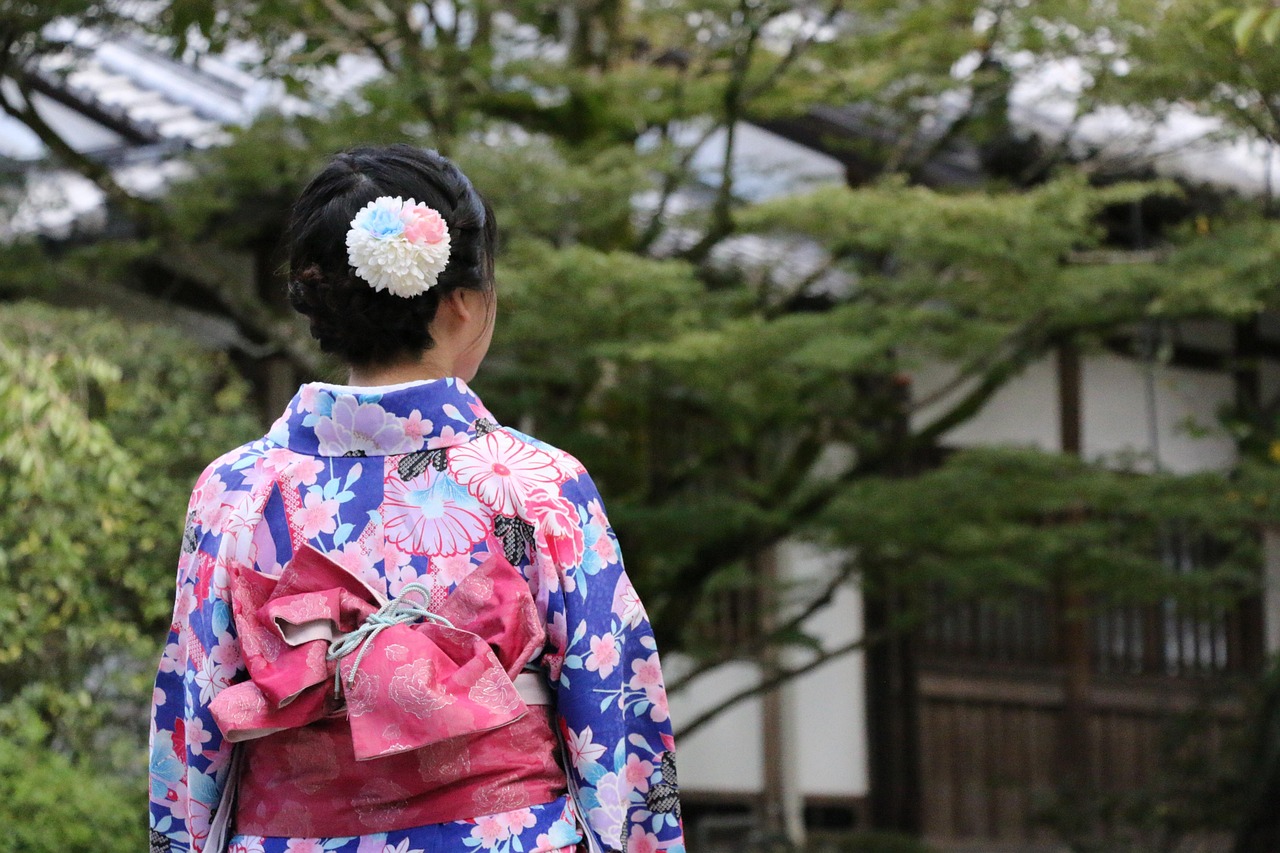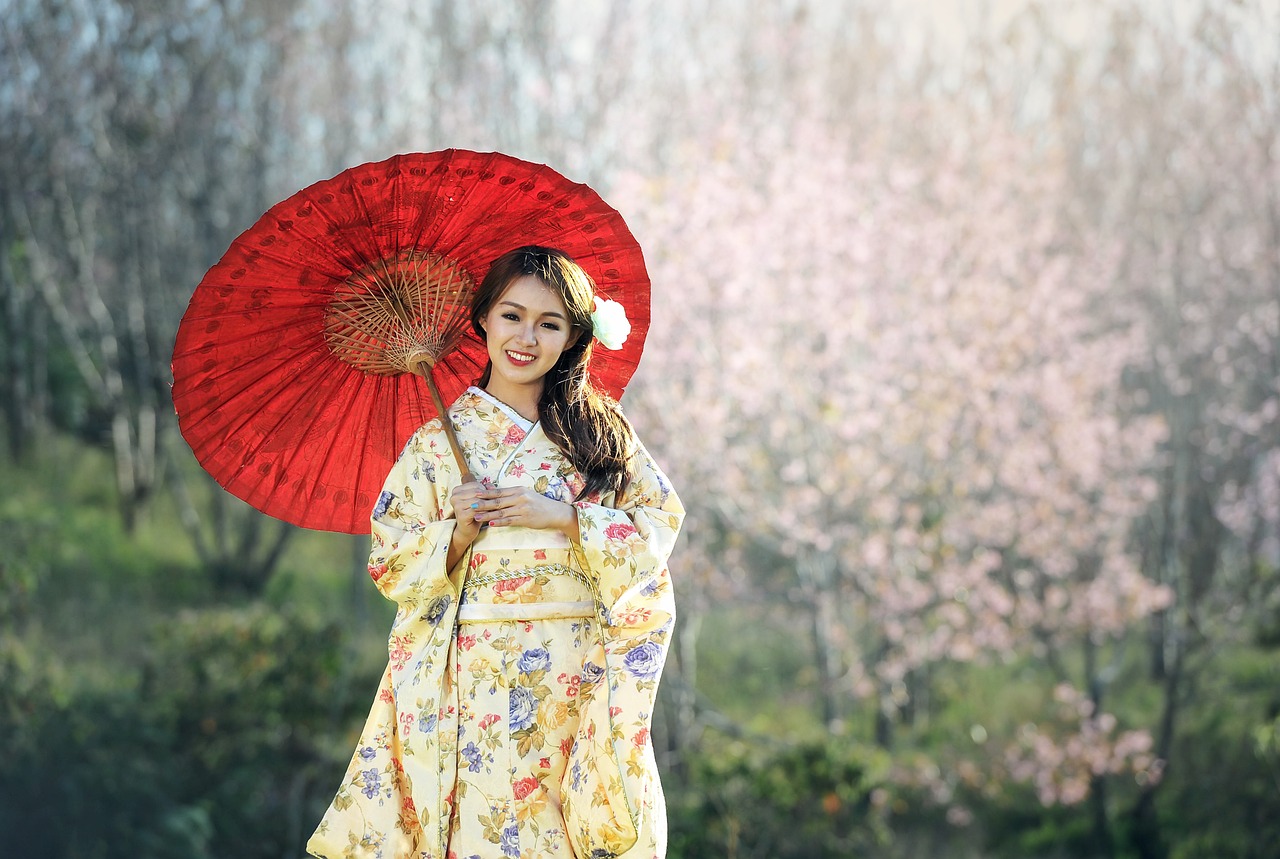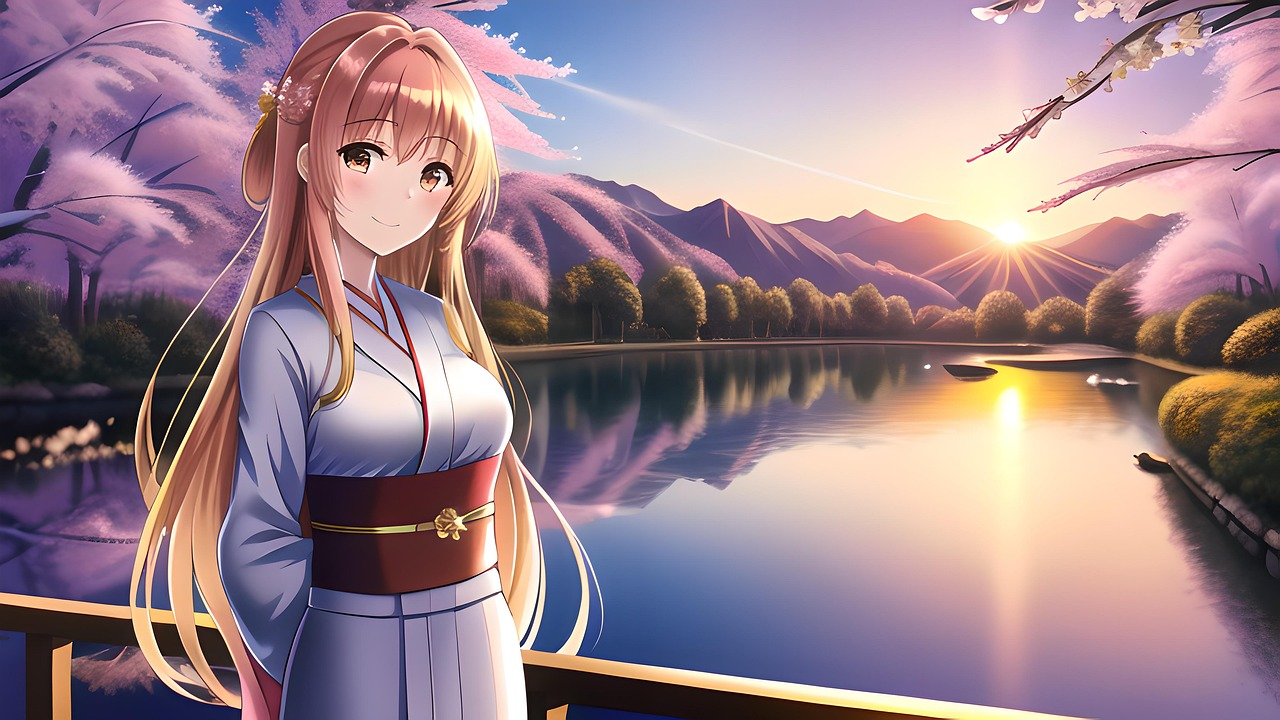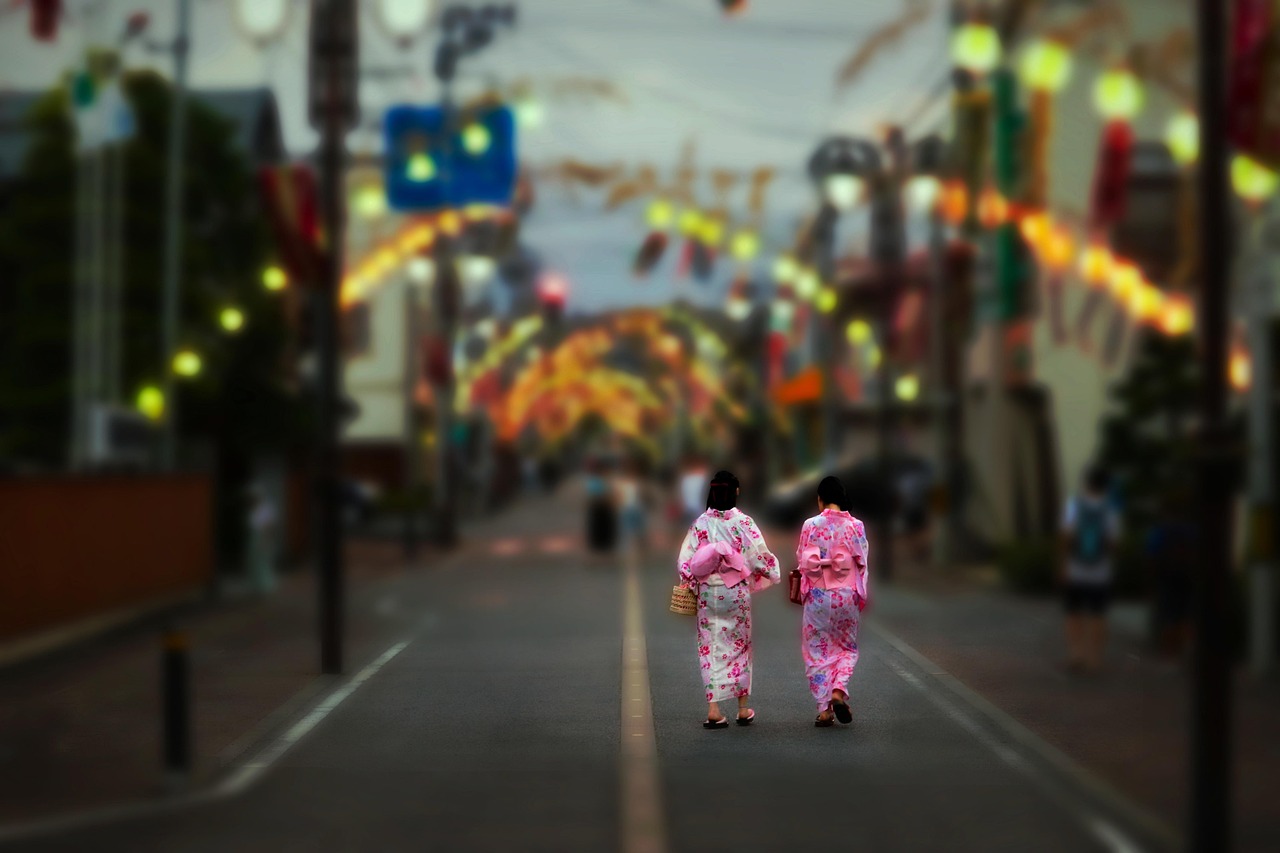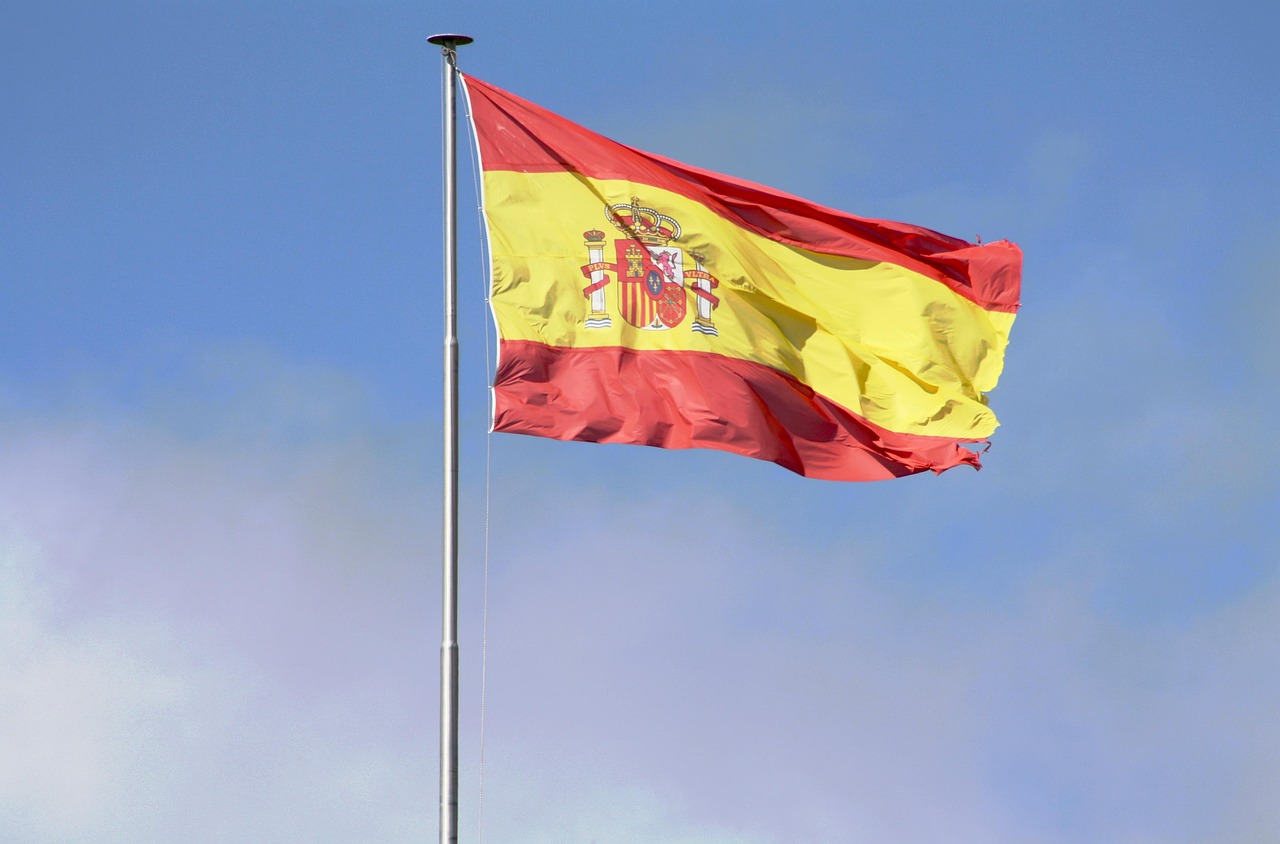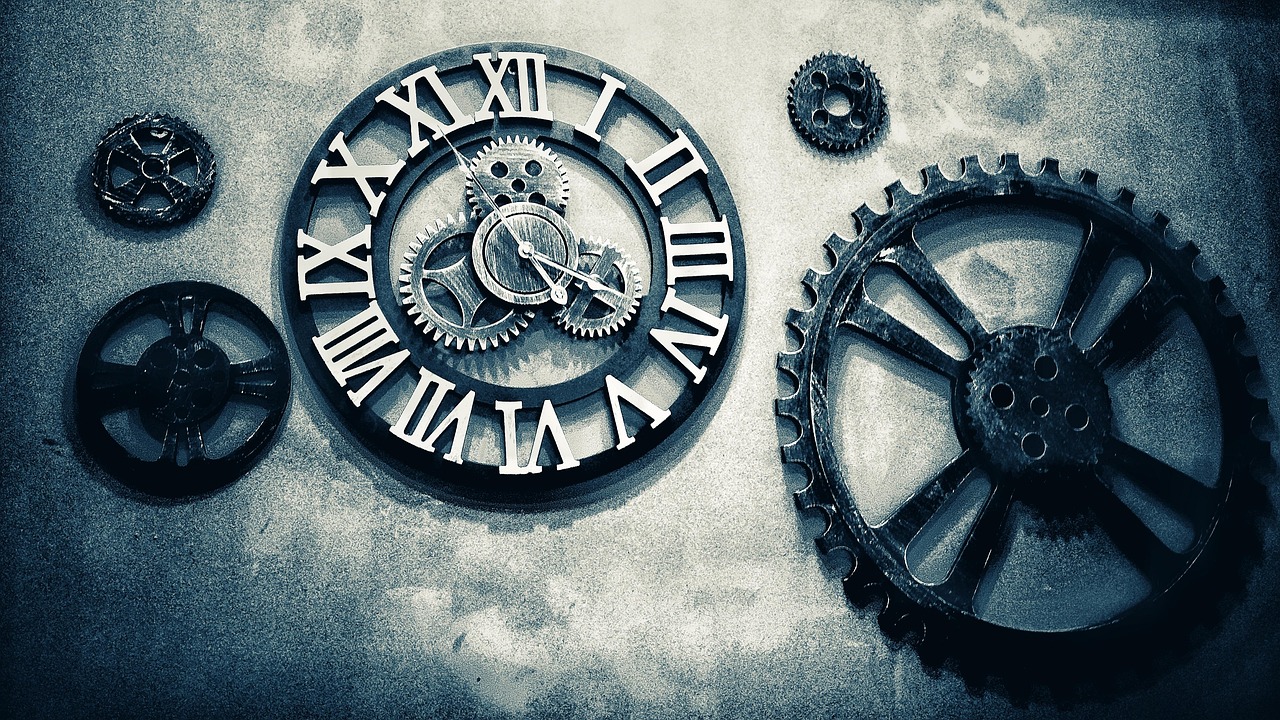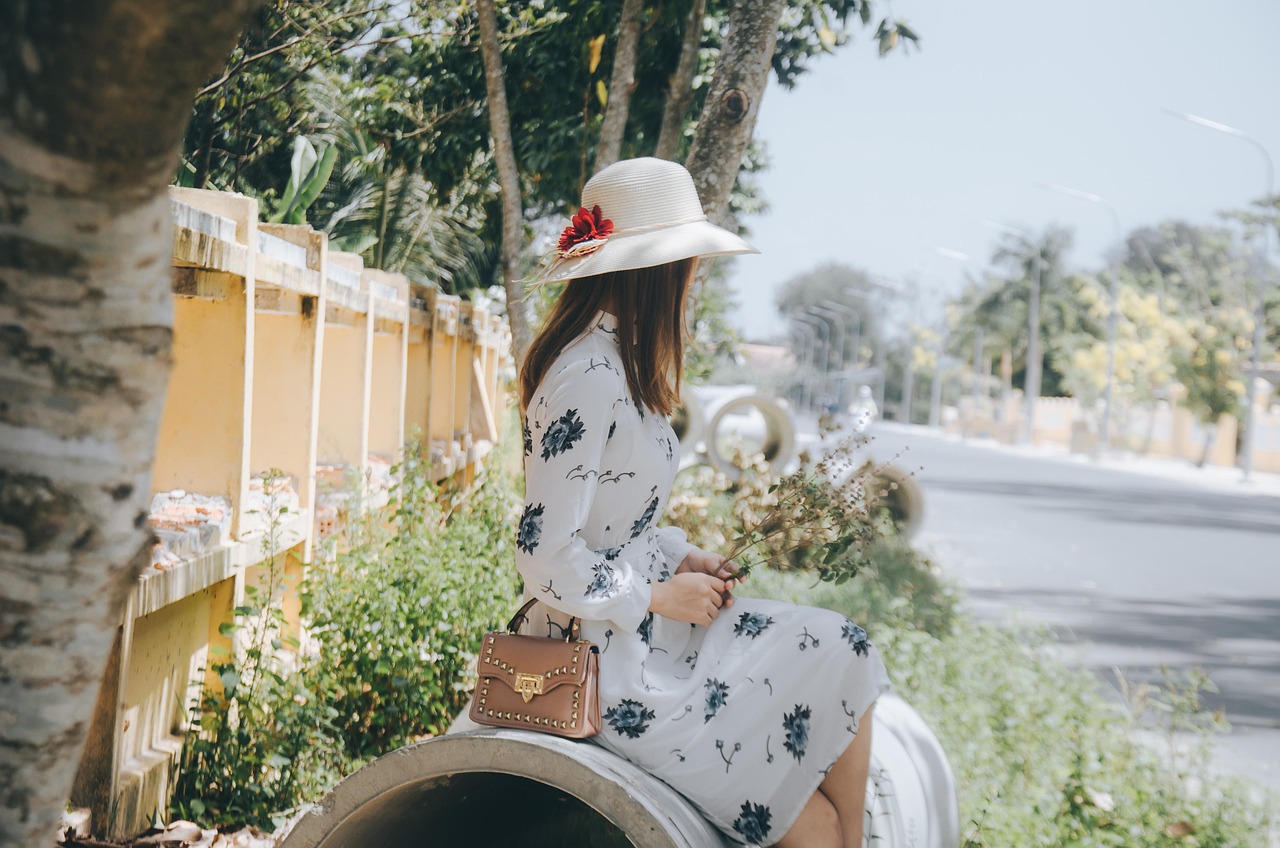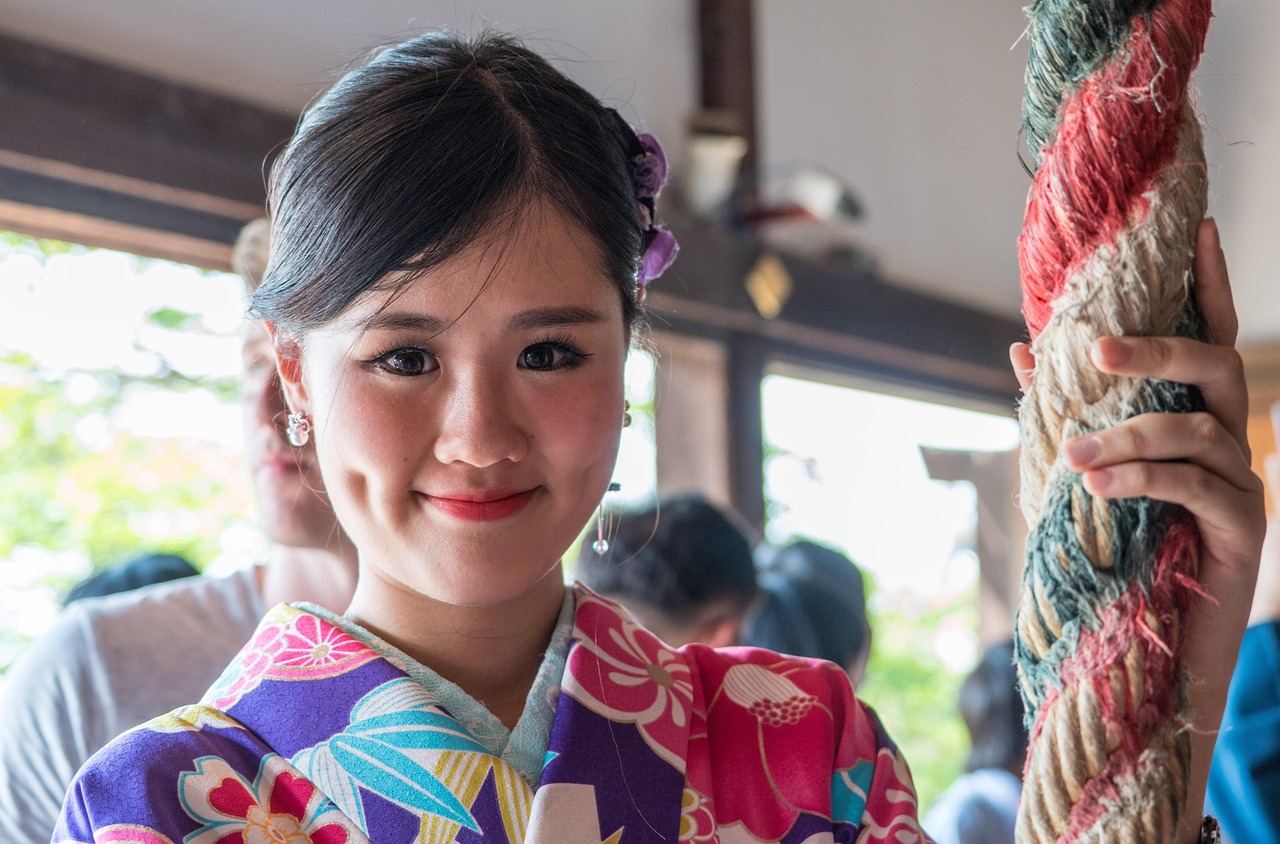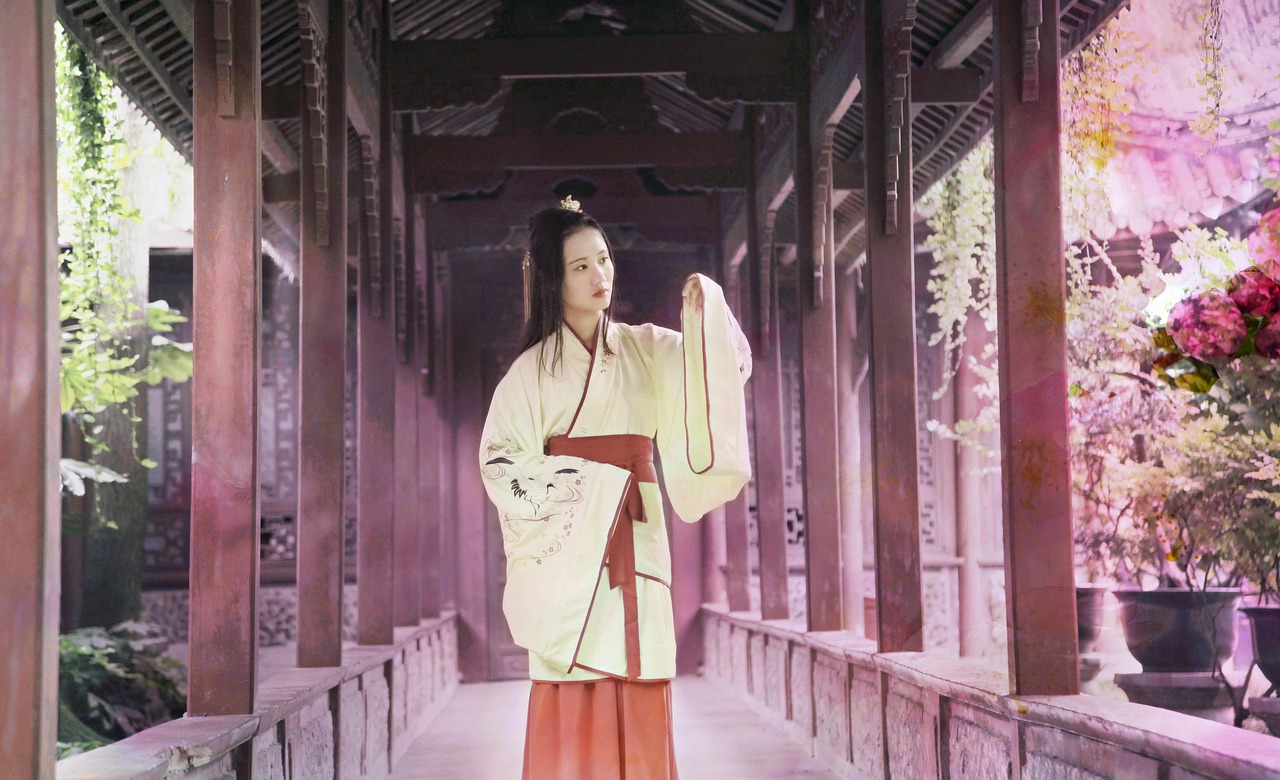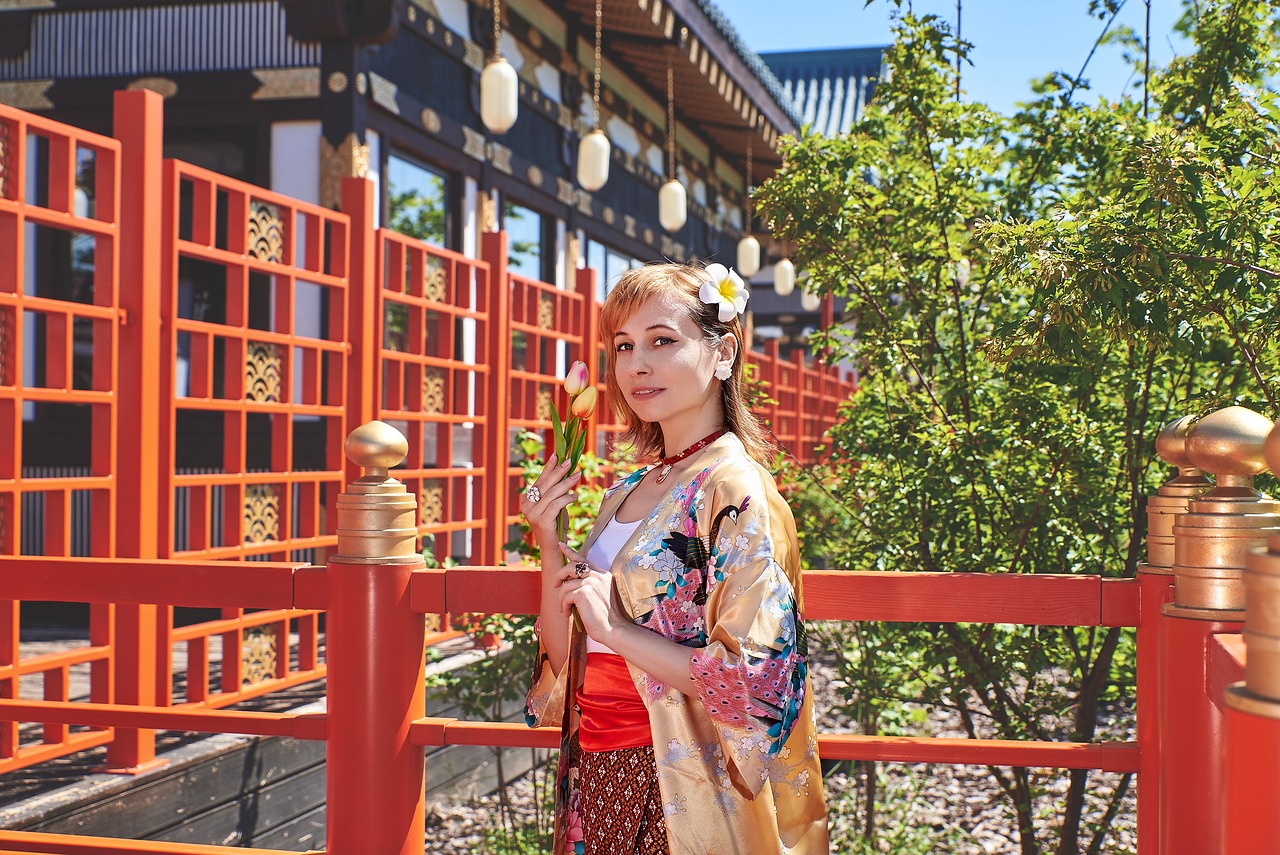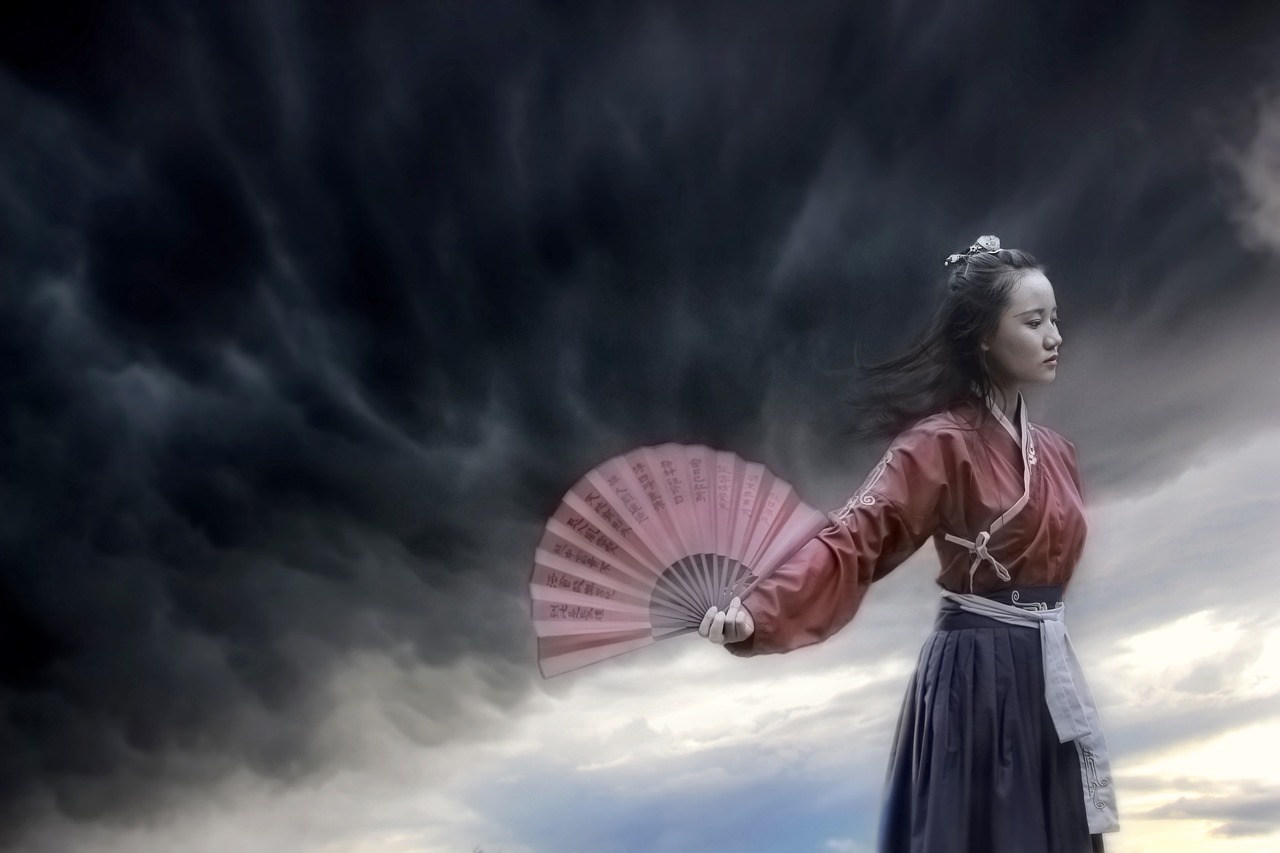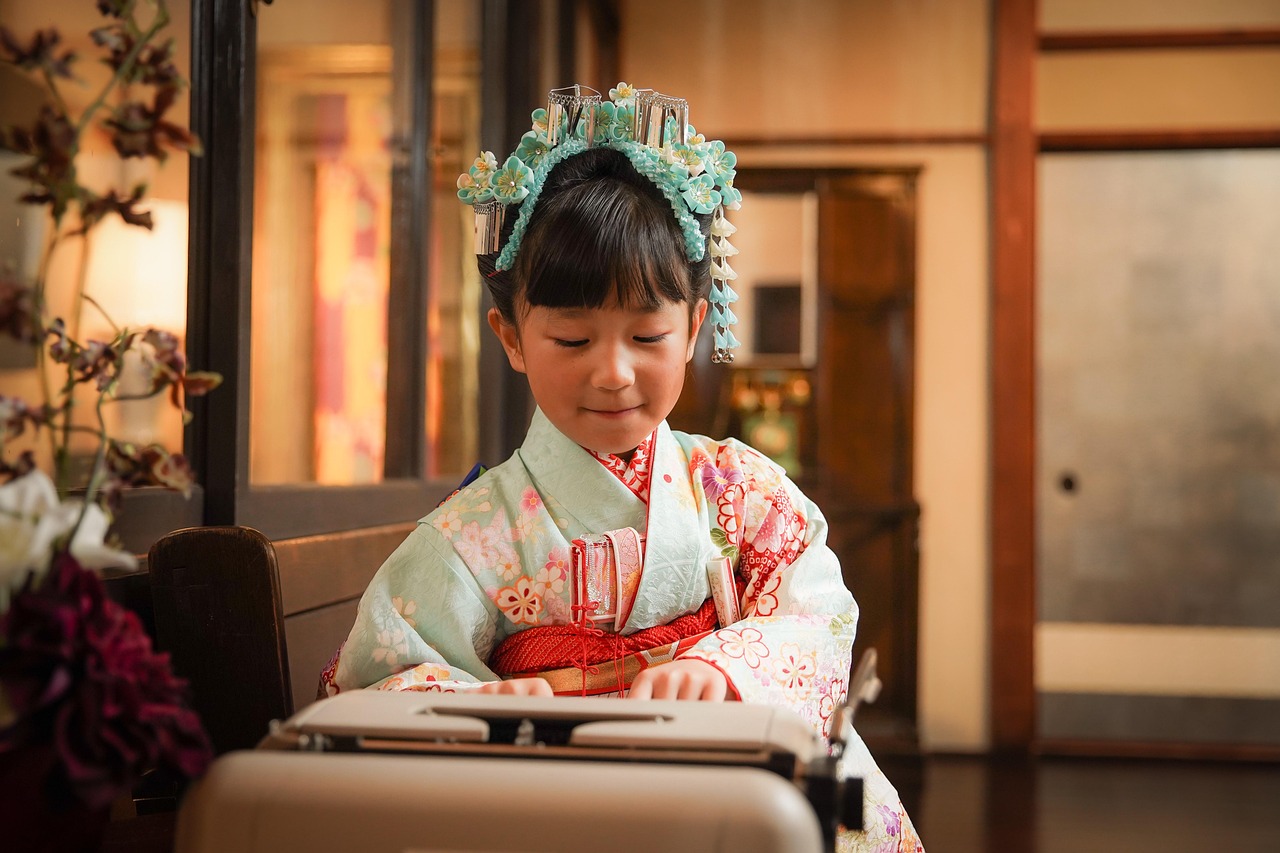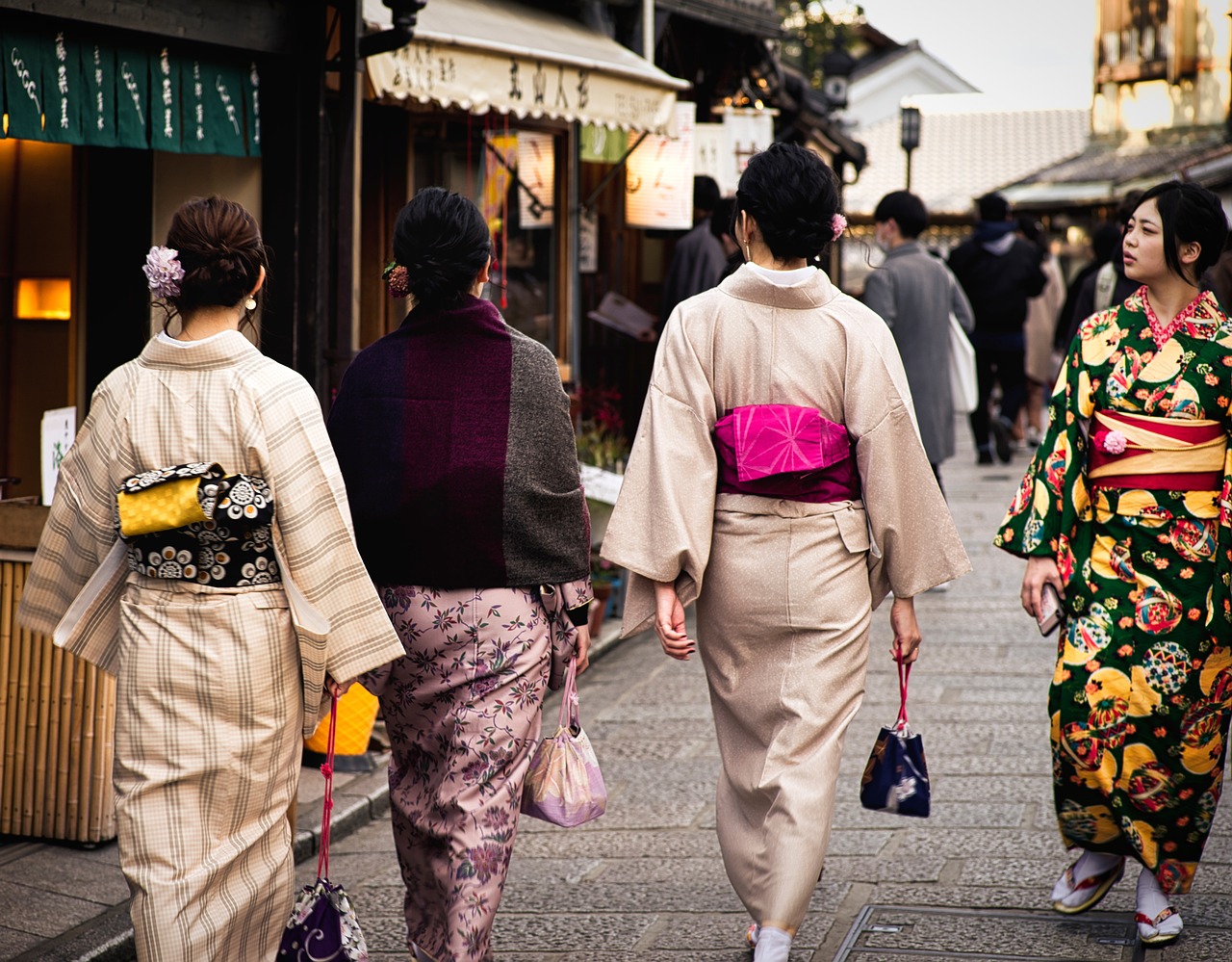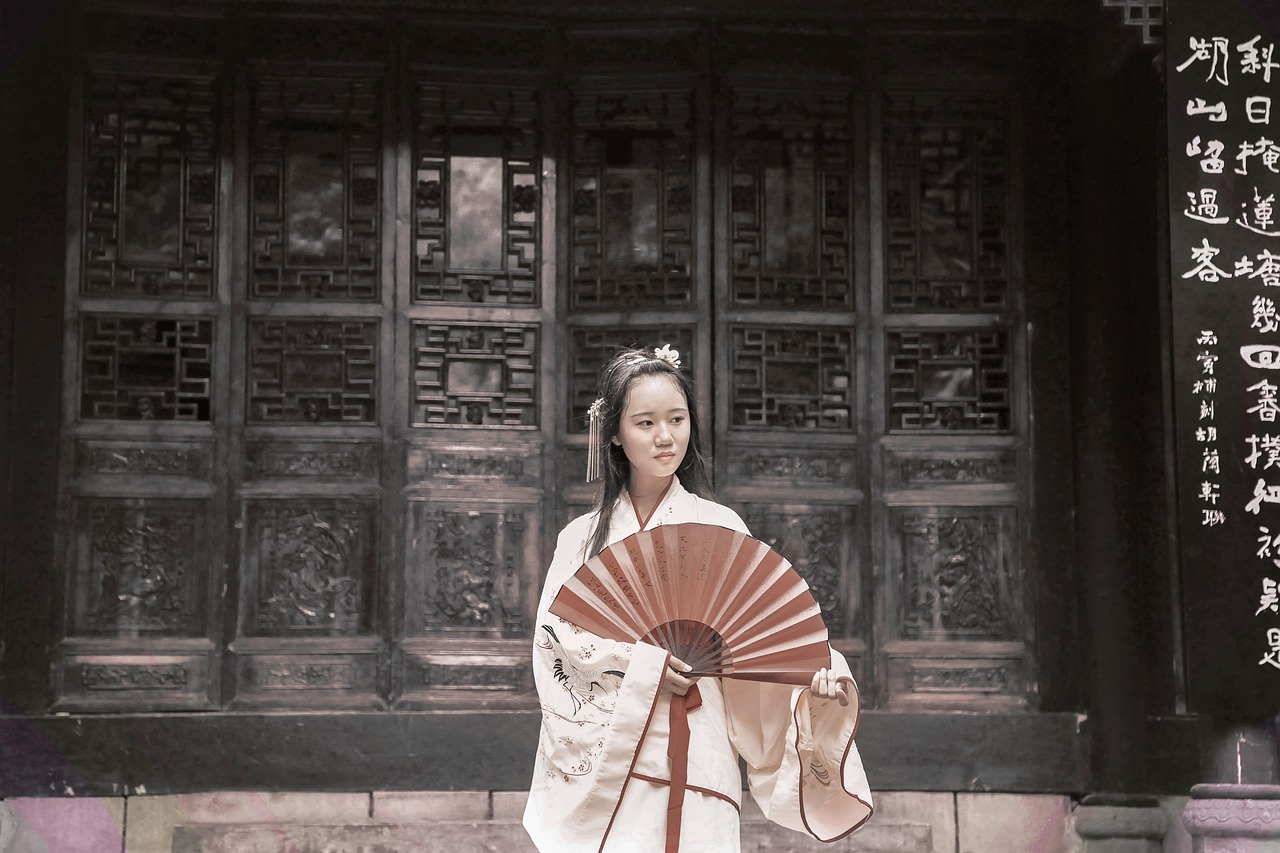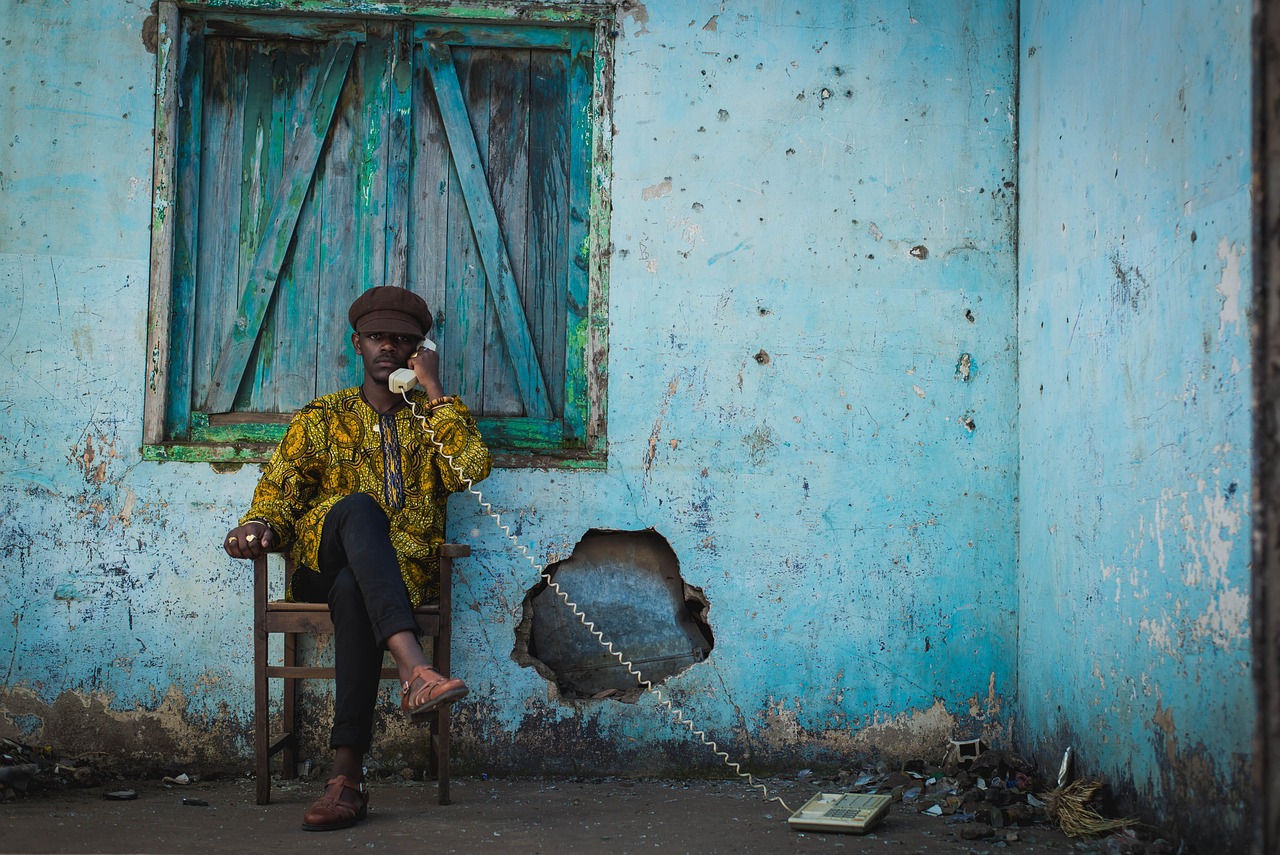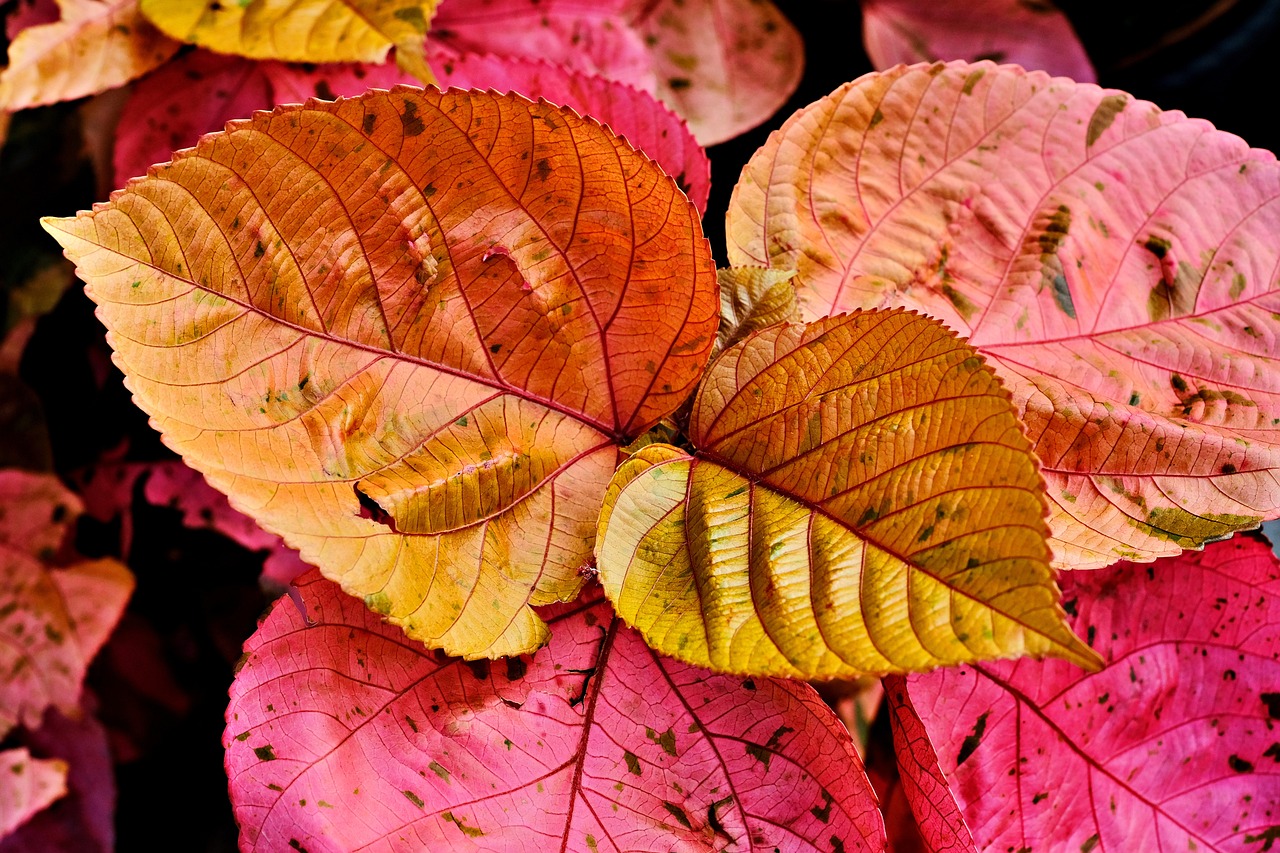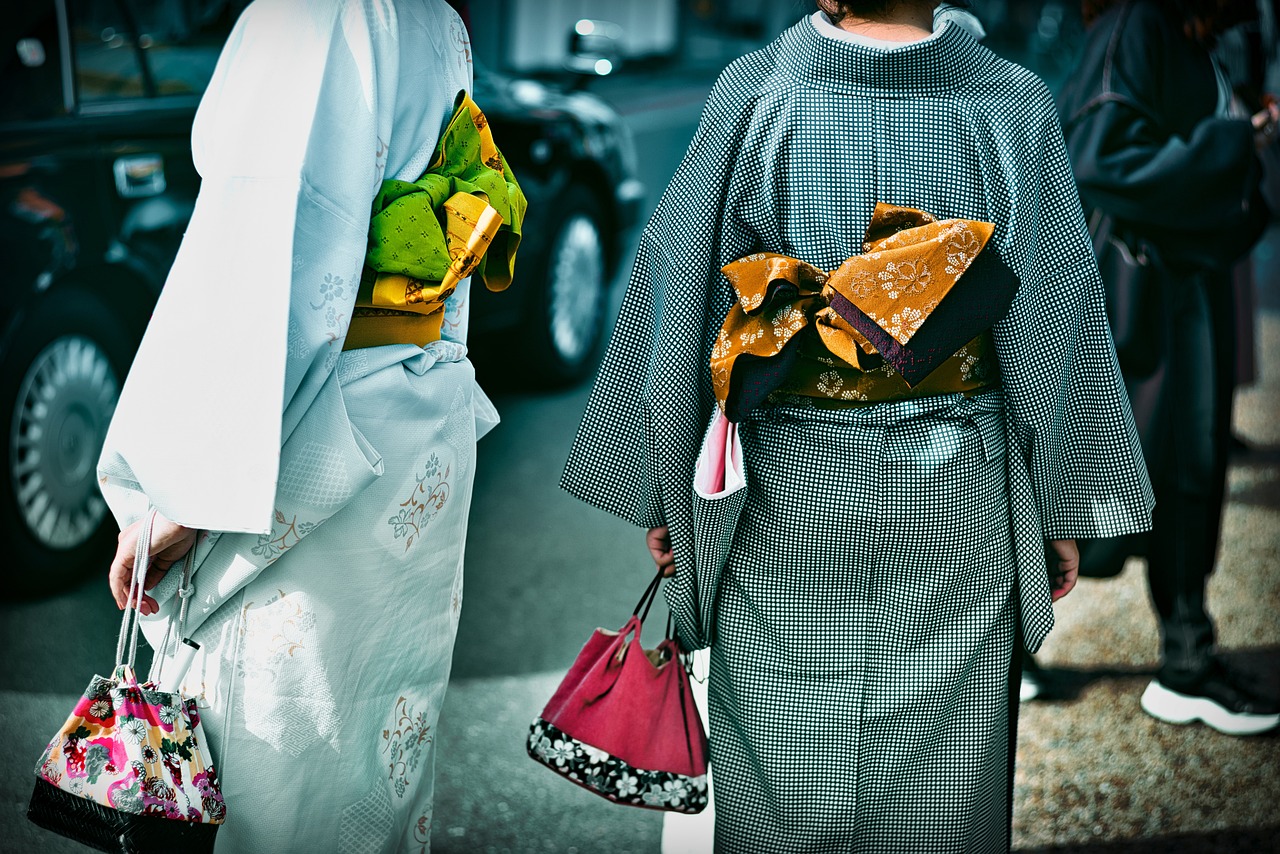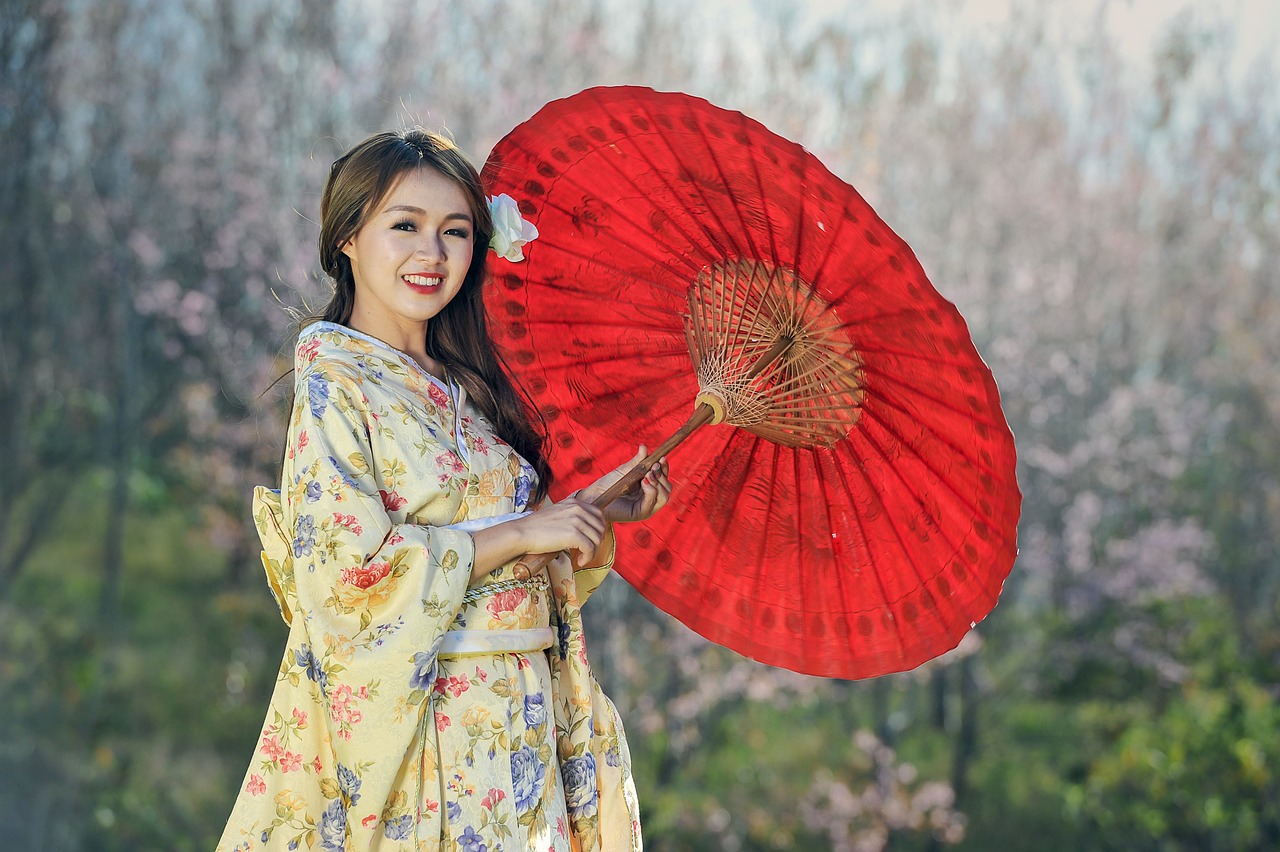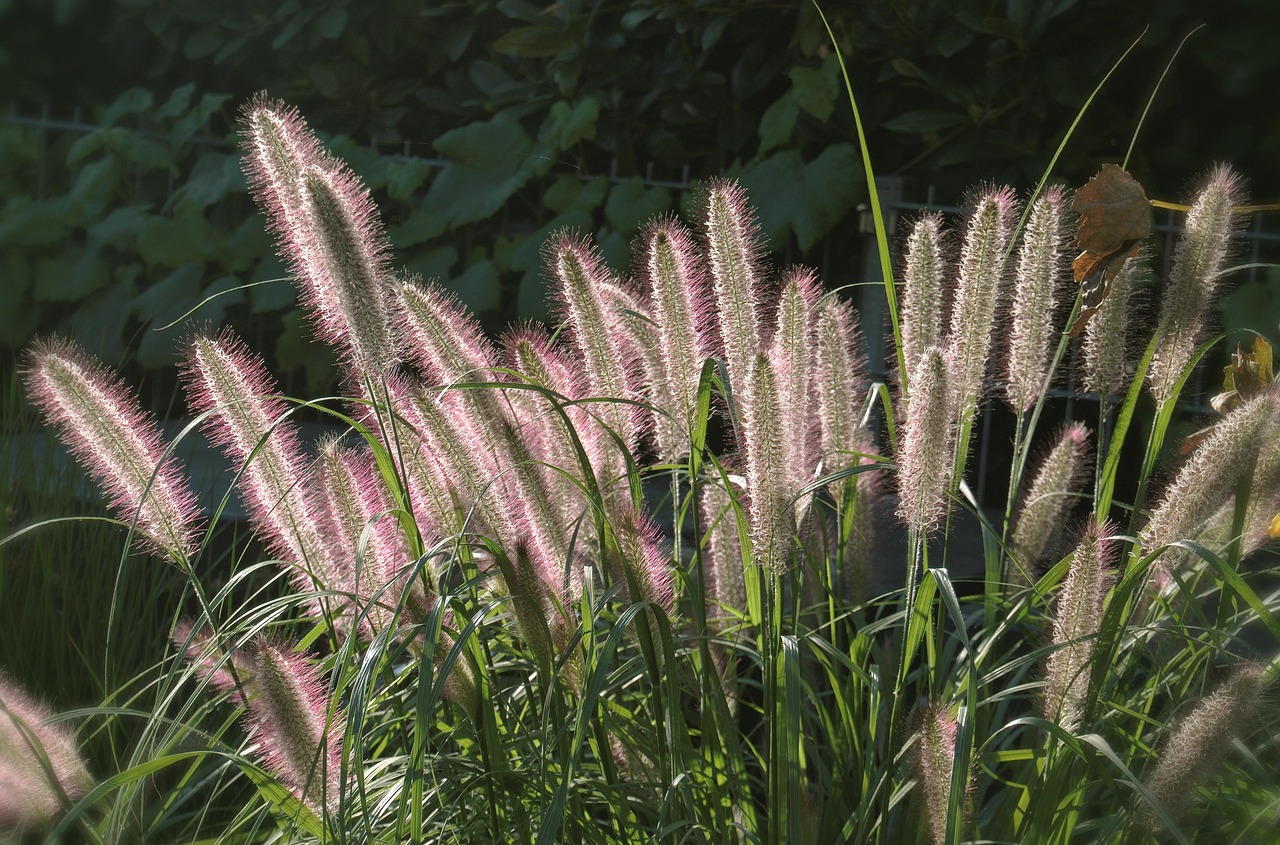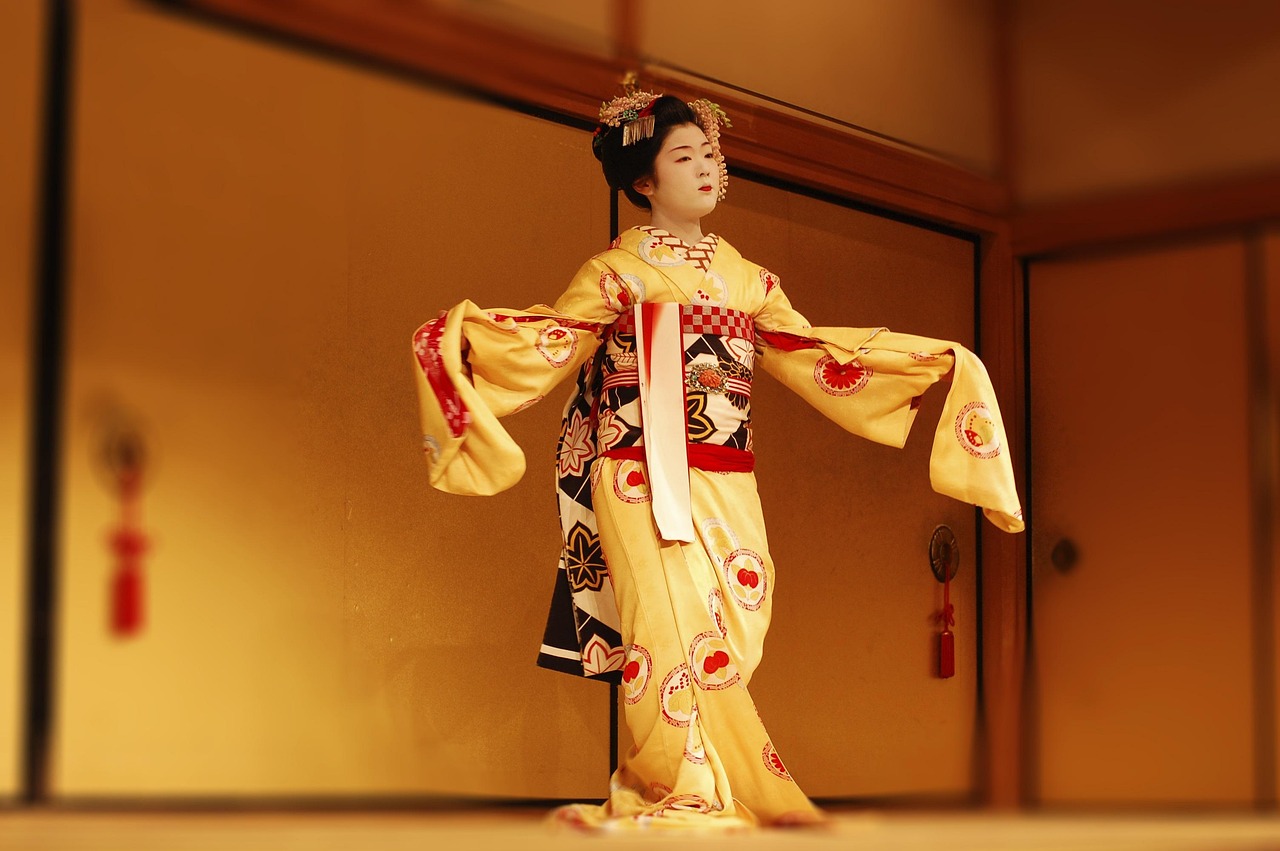This article delves into the rich history, symbolism, and contemporary relevance of wedding kimonos in Japan, highlighting their cultural importance and the traditions surrounding their use in Japanese weddings.
Historical Background of Wedding Kimonos
Understanding the evolution of wedding kimonos offers insights into their cultural significance. These garments have transformed through various historical periods in Japan, reflecting societal changes and the values of different eras. Initially, wedding kimonos were simple and practical, but over time, they became elaborate ensembles adorned with intricate designs, showcasing the artistry of Japanese textile craftsmanship.
Symbolism of Colors in Wedding Kimonos
Colors play a vital role in the design of wedding kimonos, with each hue carrying distinct meanings that reflect the couple’s hopes and intentions for their marriage. For instance, traditional colors such as red, white, and gold are often chosen for their auspicious meanings, symbolizing happiness, purity, and prosperity in the couple’s new life together.
- Red: The Color of Joy – Associated with celebration and good fortune, making it a popular choice for wedding kimonos to ensure a joyful union.
- White: Purity and New Beginnings – Represents purity and a fresh start, often worn by brides to signify their new journey into married life.
Modern Interpretations of Kimono Colors
In contemporary weddings, brides may choose unconventional colors, reflecting personal style while still honoring traditional symbolism. This showcases the evolving nature of cultural practices in Japan.
Design Elements of Wedding Kimonos
The intricate designs of wedding kimonos are not only visually stunning but also rich in meaning. Various motifs symbolize different aspects of life and love. Common motifs include cranes, cherry blossoms, and waves, each representing longevity, beauty, and the flow of life, respectively.
Textiles and Craftsmanship
The materials and craftsmanship involved in creating wedding kimonos highlight the dedication and skill of artisans. Each piece is unique and of the highest quality, often taking months to complete.
Traditional Wedding Ceremonies and Kimonos
The role of kimonos in traditional Japanese wedding ceremonies is pivotal, with specific styles and rituals associated with their wearing, reflecting cultural heritage. In Shinto ceremonies, specific kimonos are worn to honor the spiritual aspects of marriage, emphasizing respect for traditions and the divine.
Modern Wedding Trends and Kimonos
Today, many couples blend traditional kimonos with modern wedding elements, creating personalized experiences that respect heritage while embracing contemporary aesthetics. This fusion allows for a unique expression of identity and love.
Conclusion: The Enduring Legacy of Wedding Kimonos
Wedding kimonos remain a powerful symbol of cultural identity in Japan, representing the intersection of tradition and modernity. Their significance continues to evolve in contemporary society, ensuring that these beautiful garments will be cherished for generations to come.

Historical Background of Wedding Kimonos
The Cultural Significance of Wedding Kimonos in Japan
This article explores the rich history, symbolism, and contemporary relevance of wedding kimonos in Japan, highlighting their cultural importance and the traditions surrounding their use in Japanese weddings.
Understanding the evolution of wedding kimonos offers insights into their cultural significance, tracing their origins and how they have transformed through various historical periods in Japan. The roots of wedding kimonos can be traced back to the Heian period (794-1185), where elaborate garments symbolized nobility and status. During this time, the color and design of kimonos were essential in reflecting the wearer’s social standing and family heritage.
As Japan transitioned through the Kamakura (1185-1333) and Muromachi (1336-1573) periods, the styles of wedding kimonos evolved significantly. The introduction of new fabrics and dyeing techniques allowed for more vibrant colors and intricate patterns. This period also saw the emergence of the shiro-muku, a traditional white kimono worn by brides, symbolizing purity and the beginning of a new life.
In the Edo period (1603-1868), the wedding kimono became a more standardized garment, with specific styles associated with different regions of Japan. The use of auspicious motifs, such as cranes and pine trees, became prevalent, representing longevity and prosperity. The Meiji Restoration (1868) marked a significant turning point, as Western influences began to shape Japanese fashion. Despite these changes, the wedding kimono retained its cultural significance, adapting to modern aesthetics while preserving traditional elements.
Today, wedding kimonos continue to be a vital part of Japanese wedding ceremonies, embodying a rich tapestry of history and cultural identity. Each kimono tells a story, reflecting the couple’s journey and the enduring traditions of Japan.
Conclusion
As we explore the historical background of wedding kimonos, it becomes evident that these garments are not merely clothing; they are a profound expression of cultural heritage and personal identity, evolving through time while remaining deeply rooted in tradition.

Symbolism of Colors in Wedding Kimonos
is a fascinating aspect of Japanese culture, deeply intertwined with the traditions and hopes surrounding marriage. Each color chosen for a wedding kimono is not merely a fashion statement; it carries profound meanings that reflect the couple’s aspirations for their shared future.
In traditional Japanese weddings, colors are selected with great care, as they embody specific sentiments and blessings. For instance, red is often favored for its association with joy and good fortune. It is believed to invite happiness and prosperity into the couple’s life. This vibrant hue is a celebration of love and is frequently seen in various elements of wedding attire.
On the other hand, white holds a significant place in wedding kimonos, symbolizing purity and a new beginning. Brides often don white kimonos to signify their fresh start in married life, representing the shedding of their past and embracing a hopeful future. This color choice highlights the importance of innocence and sincerity in the union.
Another color that plays a crucial role is gold, which symbolizes wealth and prosperity. Incorporating gold into the kimono design is a way to bless the couple with financial stability and abundance in their new life together. This luxurious color adds an element of elegance and sophistication to the wedding attire.
In contemporary weddings, many brides are opting for non-traditional colors, reflecting their personal style while still respecting the underlying symbolism. Shades like pink can signify love and affection, while blue may represent tranquility and harmony. These modern interpretations allow couples to express their individuality while maintaining the cultural significance of their attire.
Ultimately, the colors chosen for wedding kimonos are a beautiful blend of tradition and personal expression, encapsulating the couple’s hopes and dreams for their journey together. Understanding these meanings enhances the appreciation of this exquisite garment and its role in Japanese matrimonial customs.
Traditional Colors and Their Meanings
In the vibrant tapestry of Japanese wedding culture, traditional colors hold profound significance, each hue carefully selected to convey specific meanings and blessings for the couple embarking on their new life together. These colors are not merely aesthetic choices; they embody the couple’s hopes, dreams, and intentions for their future.
| Color | Meaning |
|---|---|
| Red | Symbolizes happiness and good fortune, making it a favored choice for wedding kimonos. Red is believed to ward off evil spirits, ensuring a joyful union. |
| White | Represents purity and new beginnings. Brides often wear white to signify a fresh start in their married life, reflecting innocence and hope. |
| Gold | Associated with prosperity and wealth, gold is a color that embodies the couple’s aspirations for a fruitful and abundant life together. |
In addition to these primary colors, other shades may also be incorporated, each adding layers of meaning to the wedding attire. For instance, pink signifies love and affection, while blue represents tranquility and stability. These colors, when woven into the fabric of a kimono, create a rich narrative that tells the couple’s story and aspirations.
As modern weddings evolve, some brides are embracing unconventional colors to express their individuality while still honoring traditional symbolism. This blend of the old and the new reflects a dynamic cultural practice that continues to resonate with contemporary couples.
Ultimately, the choice of colors in wedding kimonos is a powerful expression of the couple’s identity and their shared journey, making each garment a unique representation of love, hope, and tradition.
Red: The Color of Joy
Red: The Color of Joy
In the rich tapestry of Japanese culture, the color red holds a significant place, particularly in the context of weddings. This vibrant hue is often synonymous with celebration and good fortune, making it a favored choice for wedding kimonos. The use of red in these garments is not merely aesthetic; it embodies the couple’s hopes for a harmonious and joyful union.
The origins of this tradition can be traced back to ancient Japan, where red was believed to ward off evil spirits and bring happiness. This association has persisted through the years, leading to its prominence in wedding attire. Brides donning red kimonos are often seen as embracing a future filled with prosperity and bliss.
Beyond its auspicious connotations, red also symbolizes love and passion, making it an ideal choice for couples embarking on their marital journey. The vibrant color not only enhances the visual appeal of the kimono but also serves as a reminder of the deep emotional ties that bind the couple together.
In modern weddings, while traditional styles remain popular, many brides opt for variations in the shade of red or incorporate it into their accessories, such as obi (sashes) or obijime (decorative cords). This flexibility allows for a personal touch while still honoring the cultural significance of the color.
As weddings continue to evolve, the enduring appeal of red in wedding kimonos reflects both a respect for tradition and a celebration of individuality. Whether in a classic or contemporary setting, red remains a powerful symbol of joy and hope for couples starting their lives together.
White: Purity and New Beginnings
In many cultures around the world, the color white symbolizes purity and new beginnings. This is especially true in the context of weddings, where white is often the color of choice for brides. In Japan, the significance of white extends beyond mere aesthetics; it embodies deep cultural meanings and traditions that have evolved over centuries.
Historically, the use of white in wedding kimonos has been a way to signify a bride’s commitment to her new life and the purity of her intentions. The white kimono, known as shiro-muku, is traditionally worn during Shinto wedding ceremonies. This garment represents a fresh start, free from past ties, and is a visual manifestation of the bride’s hopes for a harmonious and prosperous future with her partner.
Moreover, the choice of white is also intertwined with the concept of spiritual purity. In Shinto beliefs, the color white is associated with the divine, symbolizing cleanliness and the absence of impurities. This connection underscores the importance of honoring tradition and spirituality in the marital union.
In contemporary weddings, while many brides continue to embrace the classic white kimono, there is a growing trend towards incorporating personal styles and colors that reflect individual identities. This evolution signifies not just a shift in fashion but also a redefinition of what it means to embark on a new journey together.
Ultimately, the color white in wedding kimonos serves as a powerful reminder of the commitment and hope that couples share as they begin their lives together. It stands as a testament to the enduring nature of tradition while allowing for personal expression in modern ceremonies.
Modern Interpretations of Kimono Colors
have become a fascinating aspect of contemporary Japanese weddings, as brides increasingly embrace individuality while still respecting traditional values. This shift reflects a broader trend in which cultural practices evolve to accommodate personal expression, showcasing how traditions can adapt without losing their essence.
In the past, wedding kimonos were predominantly adorned in traditional colors like red, white, and gold, each carrying its own significance. However, today’s brides are opting for a more diverse palette, incorporating colors such as blue, green, and even black. These choices often symbolize unique personal stories and aspirations, allowing brides to express their personal style while still honoring the symbolic meanings behind traditional colors.
- Blue: Often associated with tranquility and peace, blue kimonos can signify a calm and harmonious marriage.
- Green: Symbolizing growth and fertility, green is a color that represents the couple’s hopes for a flourishing future together.
- Black: Traditionally seen as a color of elegance, black can also represent strength and resilience, making it a powerful choice for modern brides.
Moreover, the incorporation of modern patterns and design elements is also notable. Brides are increasingly choosing kimonos with contemporary motifs, blending traditional artistry with modern aesthetics. This fusion not only honors the past but also embraces the future, allowing for a more personalized and meaningful wedding experience.
As we witness this evolution, it becomes clear that the choice of kimono colors in contemporary weddings is not merely about aesthetics. It reflects a deeper understanding of cultural identity and the personal narratives that couples wish to convey on their special day. The modern bride is not just wearing a kimono; she is telling her story through color, design, and tradition.
In conclusion, signify a beautiful blend of tradition and individuality, showcasing the evolving nature of cultural practices in Japan. As brides continue to explore and express their unique identities, the significance of these garments remains as profound as ever.
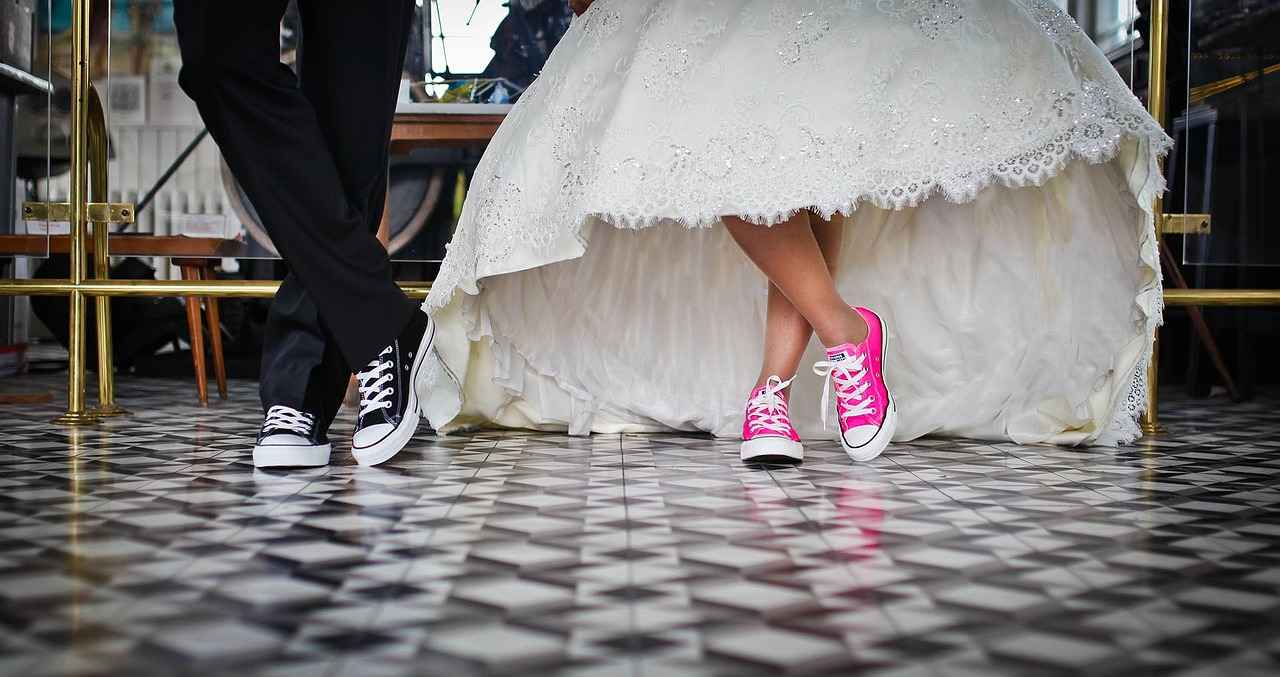
Design Elements of Wedding Kimonos
The Cultural Significance of Wedding Kimonos in Japan
Wedding kimonos are a beautiful representation of Japanese culture, embodying deep-rooted traditions and intricate artistry. The design elements of these garments are not only visually stunning but also rich in symbolism, reflecting various aspects of life and love. Each detail, from the choice of fabric to the motifs, carries significant meaning.
Intricate Motifs and Their Meanings
The motifs found on wedding kimonos are carefully chosen to convey messages of hope, prosperity, and longevity. For instance, the crane is a popular motif, symbolizing longevity and good fortune. In Japanese culture, cranes are believed to live for a thousand years, making them a perfect emblem for a long and happy marriage. Similarly, cherry blossoms, or sakura, represent the beauty and transience of life, reminding couples to cherish every moment together.
Color Significance in Design
Colors play a pivotal role in the overall design of wedding kimonos. Traditional colors such as red, white, and gold are commonly used, each representing different virtues. Red is associated with joy and celebration, while white signifies purity and new beginnings. Gold, often used in the embroidery, symbolizes wealth and prosperity, making these colors not just aesthetically pleasing but also deeply meaningful.
Textiles and Craftsmanship
The materials used in wedding kimonos reflect the high level of craftsmanship involved in their creation. Artisans often utilize silk, known for its luxurious feel and vibrant colors. The intricate embroidery and dyeing techniques, such as yuzen, showcase the skill and dedication of the craftsmen, ensuring that each kimono is a unique masterpiece.
Conclusion: The Timeless Beauty of Wedding Kimonos
In conclusion, the design elements of wedding kimonos are a fusion of artistry and symbolism, representing the rich cultural heritage of Japan. Each kimono tells a story, celebrating the journey of love and commitment between two individuals. As traditions evolve, the significance of these garments continues to resonate, making them a cherished part of Japanese weddings.
Common Motifs and Their Significance
In the world of wedding kimonos, motifs play a crucial role in conveying deep cultural meanings. Each design element is not merely decorative; it embodies significant symbolism that resonates with the couple’s journey and aspirations. Among the most prevalent motifs are cranes, cherry blossoms, and waves, each representing unique aspects of life and love.
- Cranes: Often regarded as a symbol of longevity and good fortune, cranes are commonly depicted in wedding kimonos. These elegant birds are believed to live for a thousand years, making them a perfect emblem for couples wishing for a long and prosperous marriage.
- Cherry Blossoms: Known as sakura in Japanese, cherry blossoms symbolize beauty and the fleeting nature of life. Their delicate petals remind couples to cherish each moment together, reflecting the transient beauty of love and relationships.
- Waves: Representing the flow of life, waves are often included in kimono designs to signify resilience and adaptability. Just as waves ebb and flow, couples are encouraged to navigate the ups and downs of life together, reinforcing the importance of harmony in their union.
These motifs not only enhance the visual appeal of the kimonos but also add a layer of meaning that enriches the wedding ceremony. By incorporating such symbols, couples can express their hopes and values, making their wedding attire a significant part of their cultural heritage.
Moreover, the choice of motifs can be deeply personal, allowing each couple to tell their own story through their wedding kimono. As traditions evolve, the significance of these designs continues to resonate, bridging the gap between the past and the present.
Textiles and Craftsmanship
The Textiles and Craftsmanship Behind Wedding Kimonos
Wedding kimonos are not merely garments; they are masterpieces that embody the rich cultural heritage of Japan. The materials and craftsmanship involved in creating these exquisite pieces reflect the dedication and skill of artisans, ensuring that each kimono is not only unique but also of the highest quality.
Traditionally, wedding kimonos are made from luxurious fabrics such as silk, which is prized for its luster and durability. The process of selecting the right silk is meticulous, as artisans often choose fabrics that have been dyed using ancient techniques, preserving the vibrancy and depth of color. The intricate patterns, often hand-painted or woven, tell stories of love, prosperity, and happiness, making each piece a narrative woven into the very fabric of the garment.
The craftsmanship involved in creating wedding kimonos is a labor of love. Artisans spend countless hours on each garment, employing traditional methods that have been passed down through generations. Techniques such as shibori (tie-dyeing) and yuzen (hand-painted designs) showcase the artisan’s skill and creativity. The result is a garment that is not only beautiful but also a testament to the cultural significance of the kimono in Japanese weddings.
Moreover, the attention to detail extends to the stitching and finishing touches of the kimono. Each seam is carefully constructed to ensure a perfect fit, allowing the bride to move gracefully on her special day. The use of gold thread for embellishments adds a touch of opulence, symbolizing wealth and good fortune for the couple.
In conclusion, the textiles and craftsmanship involved in creating wedding kimonos highlight a profound respect for tradition and artistry. Each kimono is a unique reflection of the couple’s journey, crafted with care and an understanding of its cultural significance. As these beautiful garments continue to evolve, they remain a cherished part of Japanese wedding ceremonies.
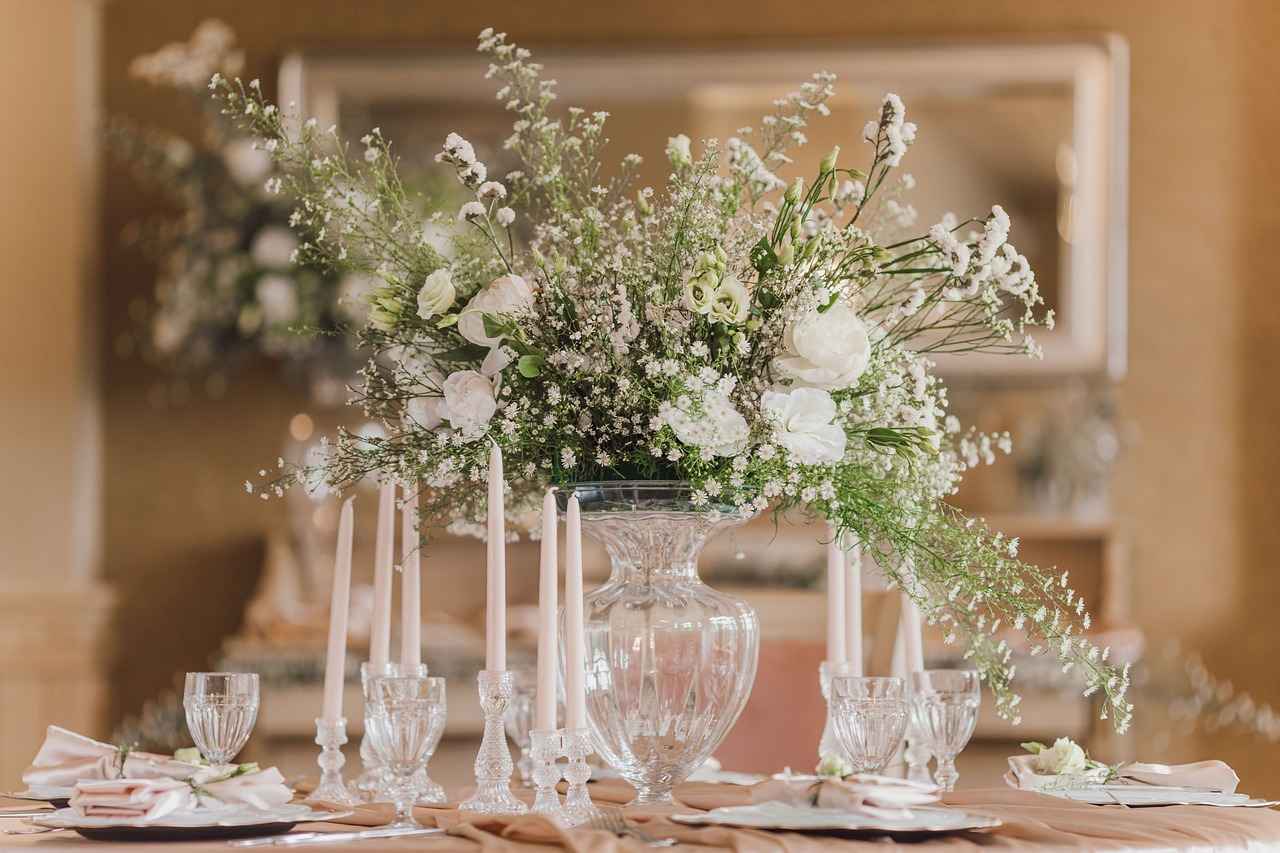
Traditional Wedding Ceremonies and Kimonos
The role of kimonos in traditional Japanese wedding ceremonies is not only pivotal but also deeply intertwined with the cultural heritage of Japan. These garments serve as a visual representation of the couple’s journey into marriage, embodying both historical significance and modern interpretations.
During traditional ceremonies, kimonos are meticulously chosen to reflect the couple’s values and aspirations. The bride, often adorned in a shiro-muku (a pure white kimono), symbolizes purity and a fresh start, while the groom typically wears a montsuki, a formal kimono with family crests, showcasing his lineage and pride. This combination highlights the importance of family and tradition in Japanese culture.
In addition to their aesthetic appeal, kimonos are steeped in symbolism. For instance, the colors and patterns chosen for the wedding attire carry significant meanings. Red is often associated with happiness and good fortune, while white signifies a new beginning. These colors are carefully selected to reflect the couple’s hopes for their future together.
Moreover, the rituals surrounding the wearing of kimonos are rich in tradition. During a Shinto wedding ceremony, specific kimonos are worn to honor the spiritual aspects of marriage. The couple may participate in rituals such as san-san-kudo, where they take three sips from three different cups, symbolizing the union of two families.
As society evolves, so too do the traditions surrounding wedding kimonos. Many modern couples choose to blend traditional attire with contemporary styles, allowing for a unique expression of their personal identities while still respecting cultural heritage. This fusion reflects the dynamic nature of Japanese culture, where tradition meets modernity.
In conclusion, the enduring legacy of kimonos in traditional Japanese wedding ceremonies is a testament to their cultural significance. They not only represent the couple’s commitment to each other but also embody the rich tapestry of Japan’s history and traditions, making each wedding a unique celebration of love and heritage.
Shinto Wedding Ceremonies
hold a profound place in Japanese culture, representing a sacred union between two individuals under the watchful eyes of the divine. In these ceremonies, specific kimonos are worn, signifying not only the importance of the event but also a deep respect for tradition and spirituality.
The kimono worn during Shinto weddings is often characterized by its intricate designs and vibrant colors, each element carefully chosen to reflect the couple’s aspirations for their marriage. Traditionally, the bride may wear a white kimono, symbolizing purity and a new beginning. This color choice is deeply rooted in the belief that a pure heart is essential for a successful marriage.
In addition to white, red is a significant color in Shinto weddings, representing joy and good fortune. The bride may incorporate red accents into her attire or wear a colorful kimono for the reception, showcasing the celebratory nature of the union. The combination of these colors not only enhances the visual appeal of the ceremony but also imbues it with rich symbolism.
- Spiritual Significance: The choice of kimonos in Shinto ceremonies is not merely aesthetic; it is a reflection of the couple’s commitment to honoring their ancestors and the spiritual world.
- Rituals and Customs: During the ceremony, the couple participates in various rituals, such as the sake sharing ritual known as san-san-kudo, which symbolizes their bond and mutual respect.
- Artistry and Craftsmanship: Each kimono is a work of art, often handmade by skilled artisans, ensuring that every piece is unique and carries its own story.
As the couple embarks on their journey together, the kimonos worn during Shinto ceremonies serve as a beautiful reminder of their cultural heritage and the spiritual significance of their vows. This blend of tradition and personal expression continues to resonate with modern couples, who seek to honor their roots while celebrating their love.
In conclusion, the Shinto wedding ceremony is a rich tapestry of tradition, spirituality, and artistry, where every detail, from the kimonos to the rituals, plays a crucial role in celebrating the sacred union of marriage.
Modern Wedding Trends and Kimonos
In recent years, the landscape of Japanese weddings has witnessed a fascinating transformation. Couples are increasingly embracing modernity while staying true to their cultural roots. This blend of traditional kimonos with contemporary wedding elements creates a unique experience that reflects personal styles and values.
One of the most notable trends is the incorporation of customized designs into wedding kimonos. Couples are opting for kimonos that feature personalized motifs, colors, and patterns that hold special meaning for them. For instance, a bride might choose a kimono adorned with cherry blossoms to symbolize beauty and renewal, while a groom may select elements that represent his family lineage.
| Trend | Description |
|---|---|
| Customized Kimonos | Personalized designs reflecting the couple’s story and heritage. |
| Mixing Styles | Combining traditional kimonos with Western attire for a unique look. |
| Color Variations | Choosing unconventional colors while maintaining traditional symbolism. |
Moreover, the trend of mixing styles is becoming increasingly popular. Many couples opt to wear a traditional kimono for the ceremony and then change into a Western-style wedding dress and suit for the reception. This not only allows for a personalized experience but also caters to guests who may be more familiar with Western wedding customs.
Another exciting development is the use of unconventional colors. While traditional kimonos often feature reds and whites, modern couples are exploring a broader palette. This shift allows them to express their individuality while still respecting the symbolic meanings associated with various colors in Japanese culture.
In conclusion, the fusion of traditional kimonos with modern wedding trends illustrates a dynamic cultural evolution. Couples today are not just preserving their heritage; they are actively redefining it, creating weddings that are both meaningful and reflective of their unique identities.
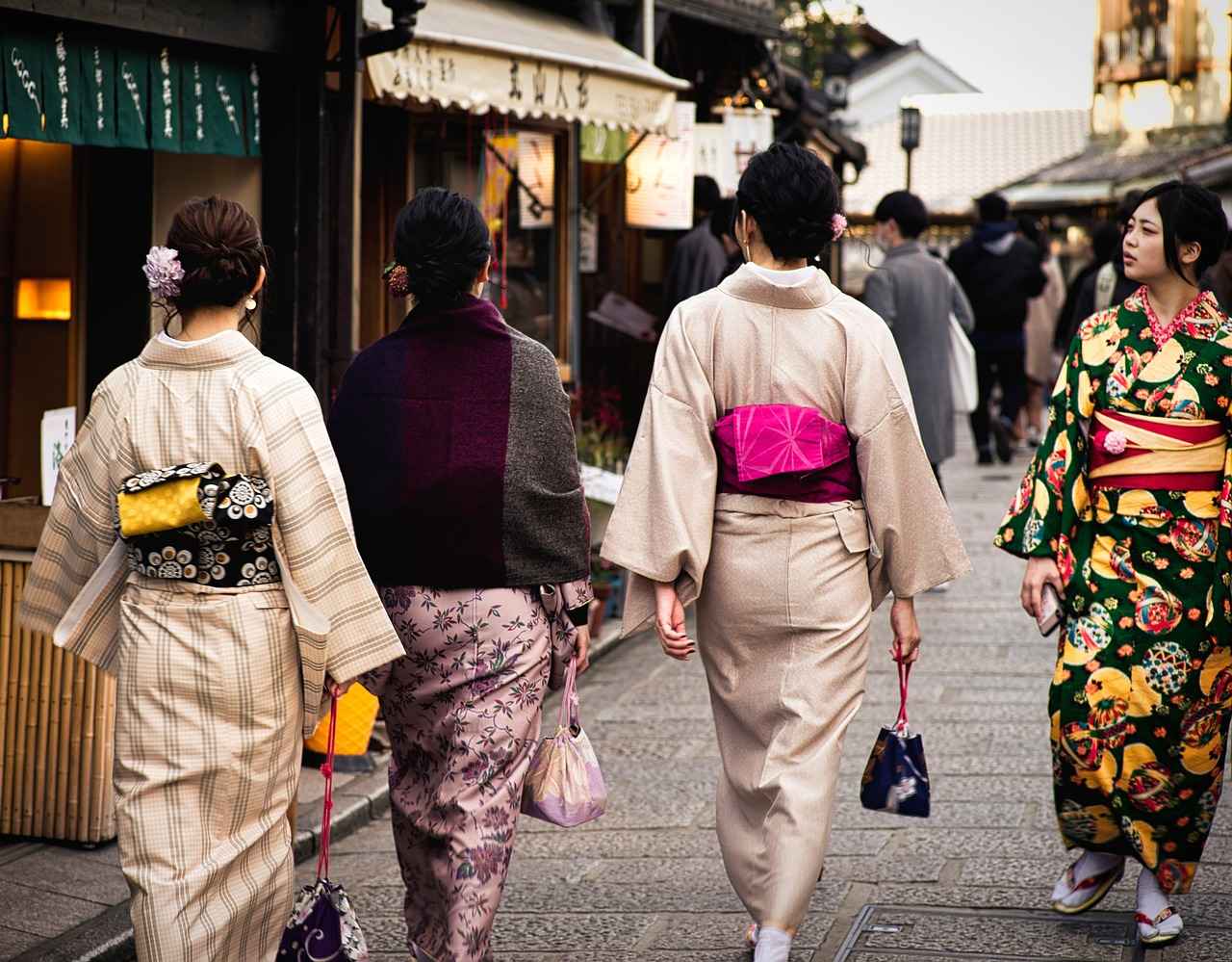
Conclusion: The Enduring Legacy of Wedding Kimonos
Wedding kimonos serve as a profound symbol of cultural identity in Japan, embodying the rich tapestry of tradition and modernity. As we delve into the significance of these exquisite garments, it becomes clear that their relevance extends far beyond mere attire; they are a reflection of the values, aspirations, and history of the Japanese people.
The journey of the wedding kimono through time illustrates its adaptability and resilience. Originally steeped in the customs of ancient Japan, these garments have evolved alongside societal changes. Today, they are not only worn during traditional ceremonies but also embraced in modern weddings, showcasing a blend of heritage and contemporary style. This evolution highlights the ongoing dialogue between past and present, allowing couples to express their unique identities while honoring their cultural roots.
Colors and designs play a crucial role in the symbolism of wedding kimonos. Each hue is carefully chosen to convey specific meanings, with traditional colors like red symbolizing happiness and white representing purity. As modern interpretations emerge, brides now explore a wider palette, reflecting personal tastes while still respecting the cultural significance of their choices.
Furthermore, the intricate designs and motifs found on wedding kimonos are rich in symbolism, often depicting elements of nature and life that resonate deeply with the couple’s journey together. The craftsmanship involved in creating these garments speaks to the dedication of artisans, ensuring that each kimono is a unique work of art.
In conclusion, wedding kimonos are more than just clothing; they are a celebration of cultural identity and a testament to the enduring legacy of Japanese traditions. As society continues to evolve, so too does the significance of the wedding kimono, making it a timeless emblem of love, commitment, and cultural heritage.
Frequently Asked Questions
- What is the significance of colors in wedding kimonos?
Colors in wedding kimonos hold deep meanings, symbolizing the couple’s aspirations. For instance, red signifies joy and good fortune, while white represents purity and new beginnings. Each color tells a story about the couple’s hopes for their future together.
- Are there specific kimonos worn for Shinto wedding ceremonies?
Yes! In Shinto weddings, brides and grooms typically wear traditional kimonos that honor spiritual customs. These garments reflect respect for both cultural heritage and the divine, making them an essential part of the ceremony.
- Can modern brides wear non-traditional colors for their kimonos?
Absolutely! Many contemporary brides are embracing personal styles by choosing unconventional colors while still acknowledging traditional symbolism. This blend of old and new showcases the evolving nature of wedding practices in Japan.
- What motifs are commonly found on wedding kimonos?
Wedding kimonos often feature beautiful motifs like cranes, cherry blossoms, and waves. Each of these designs carries significant meanings, such as longevity, beauty, and the flow of life, adding layers of depth to the garment.
- How do wedding kimonos reflect cultural identity in Japan?
Wedding kimonos are a powerful symbol of cultural identity, representing a connection between tradition and modernity. They embody the rich history of Japan while adapting to contemporary trends, ensuring their relevance in today’s society.
